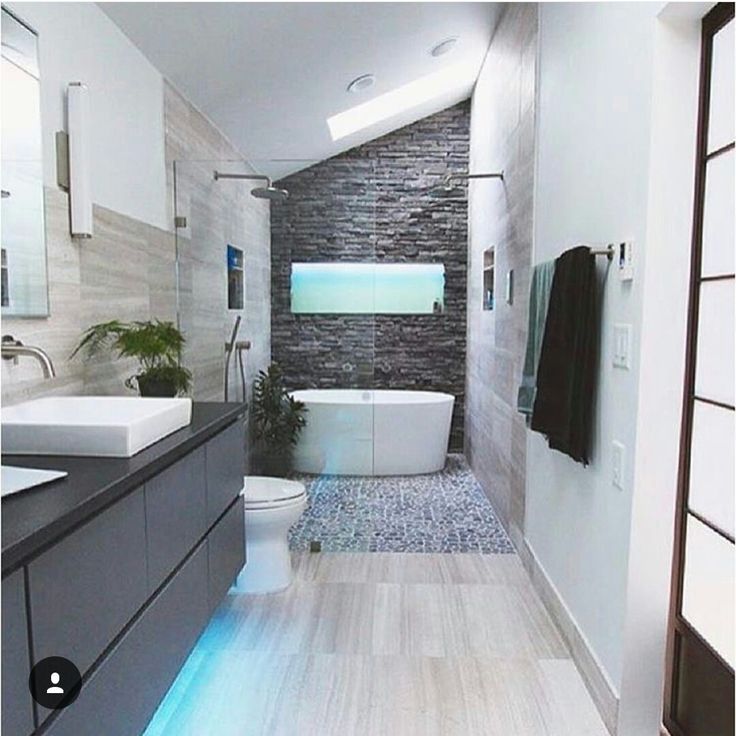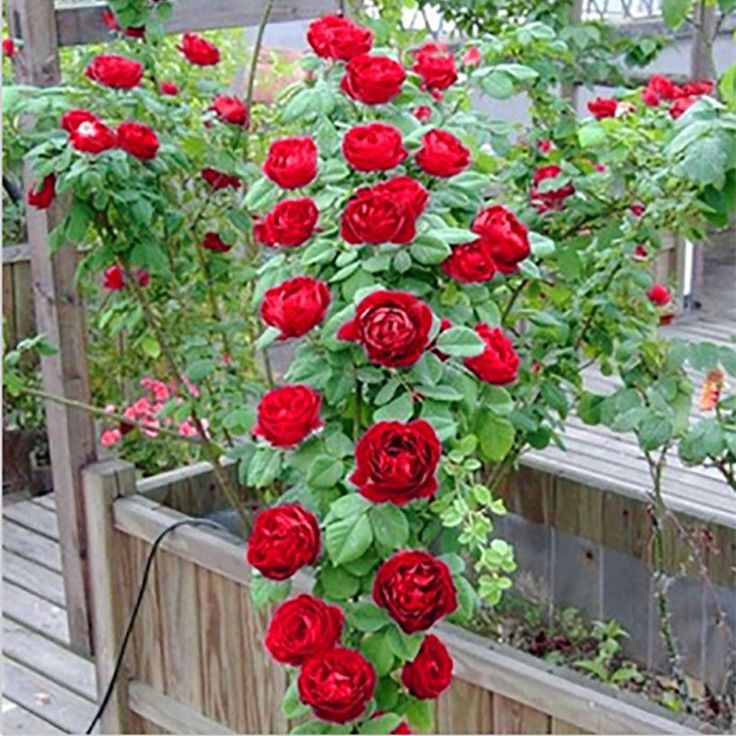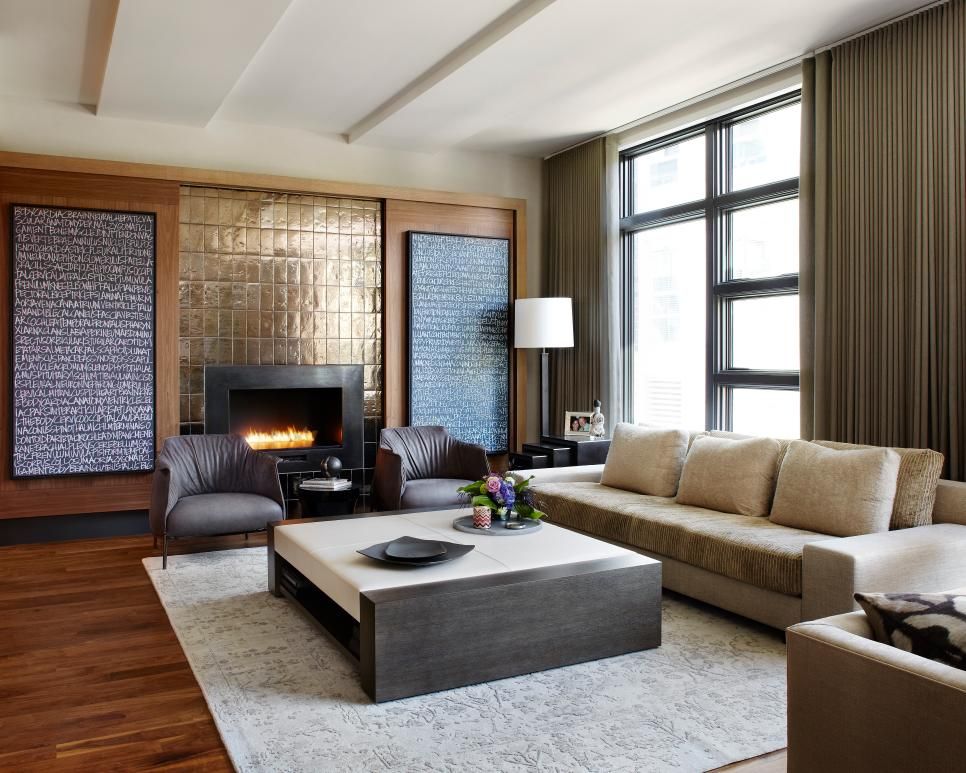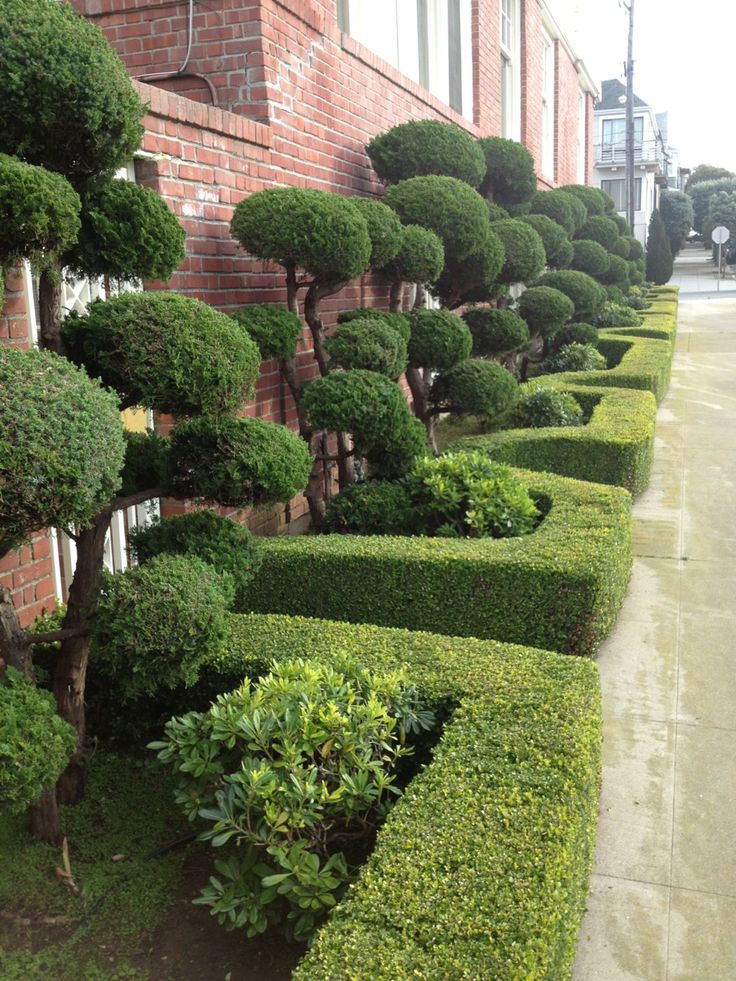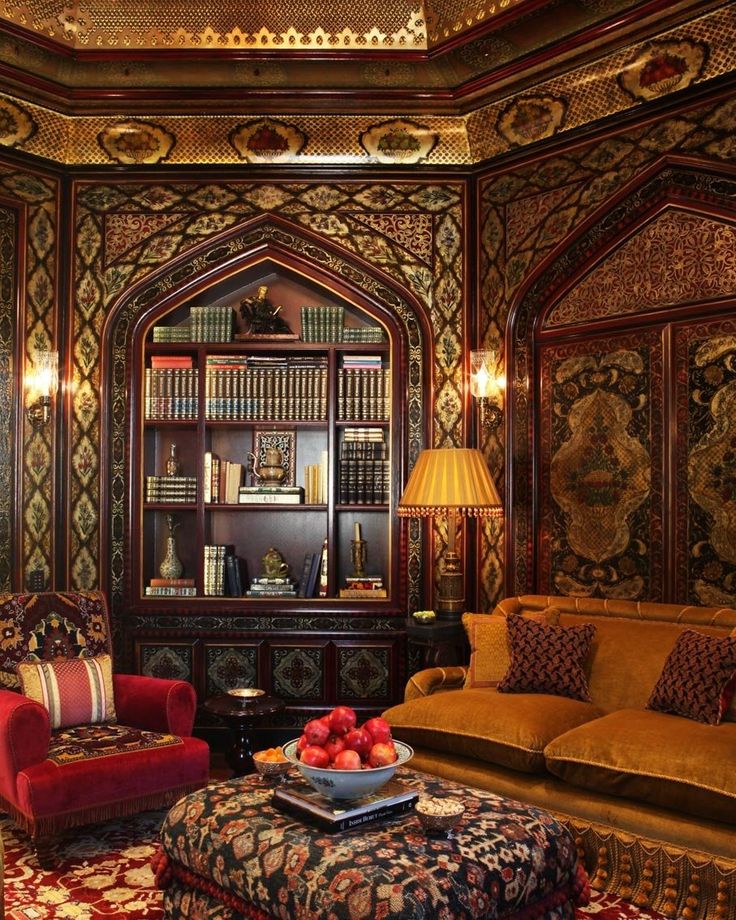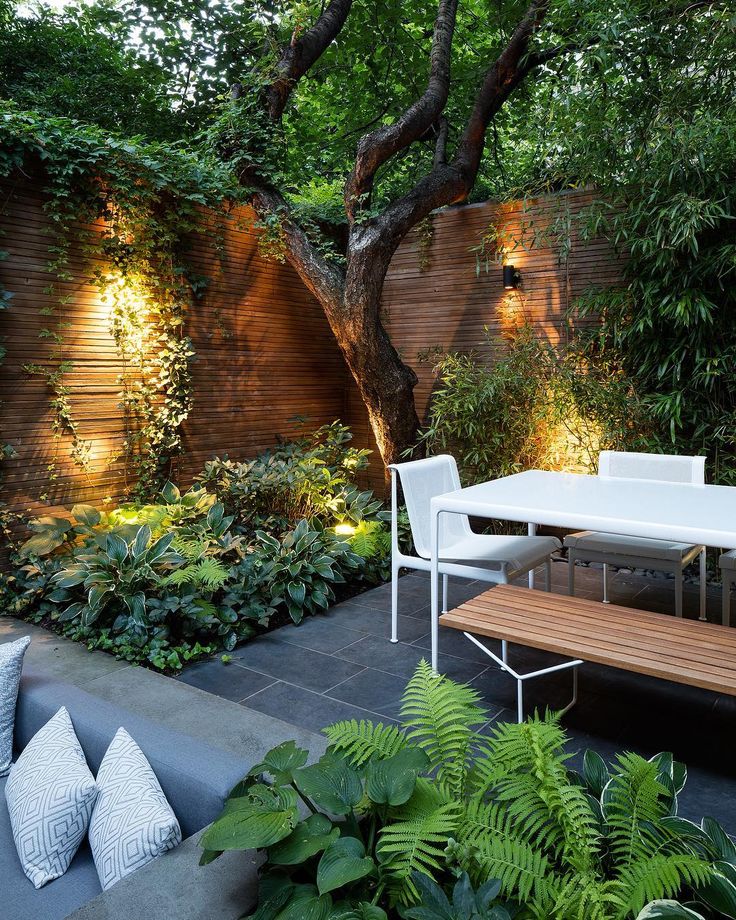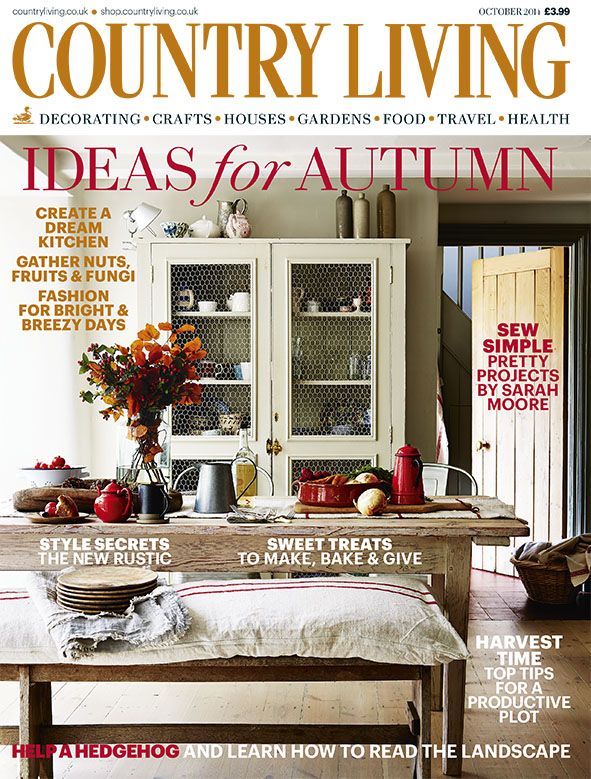Contemporary wet room design ideas
16 stunning wet room bathroom designs |
(Image credit: Richstone Properties / Mandarin Stone / l Drummonds / Darren Chung)
Wet room ideas open up the opportunity for contemporary creative design, without the need to squeeze in a shower enclosure or raised shower tray.
A wet room can be a real luxury at home, even when the space you have to work with is limited. Try thinking along the lines of colorful floor-to-ceiling tiles, built-in seating and sleek, concealed pipework.
A true wet room without any panels provides you with more room to move, and an open-layout is easier to keep clean than a regular shower.
However, wet rooms are a big project to take on when it comes to bathroom ideas. The tanking process to ensure your room is completely watertight can be a significant upheaval, not to mention costly, too.
You may want to weigh this up against the longevity of the space, as a wet room’s seamless design makes it a great option for accessibility and future-proofing your home for years to come.
Wet room ideas
Wet rooms have become an increasingly popular choice for shower-lovers because they are the perfect solution for small bathrooms when you don’t have the space for both a bath tub and a separate shower.
The key difference between a shower and a wet room is the fact that while both may have shower screens, wet rooms are completely open spaces without the stand-in tray you will normally get in a shower. The floor is at one level and water is allowed to flow freely to a drain.
A wet room can provide a spacious showering area and the high-end look of a luxurious spa hotel because the look tends to be very streamlined. Wet rooms are also level entry, so easily accessible to all, not to mention hygienic and easy to clean. Done well, a wet room is incredibly desirable and can boost your home’s value, too.
There are a number of things to consider when planning a wet room or walk-in shower – from suitable flooring to drainage points – so that you can achieve the best results.
1. Ensure the space you intend to use is fully tanked
(Image credit: Sarah Hogan)
It goes without saying that a wet room needs to be waterproof. Luckily builders are a lot savvier about how to achieve fully tanked spaces nowadays and wet room tanking systems and products are readily available.
'In particular, hidden tray systems, which fit under the floor tiles and take care of drainage gradients and watertightness have proved a real game-changer,' says Nicholas Cunild, MD of luxury shower brand Matki . 'Low-level shower trays that fit flush with the tiles are also popular and can help define the shower room in a bigger room. Wet room installation is not for novices, it’s important to find a tanking specialist or builder with verifiable experience.'
2. Consider underfloor heating to keep the space dry
(Image credit: Mandarin Stone)
'It’s important to take extra steps with regards to heat, ventilation and drying than you would in a regular bathroom,' continues Nicholas Cunild.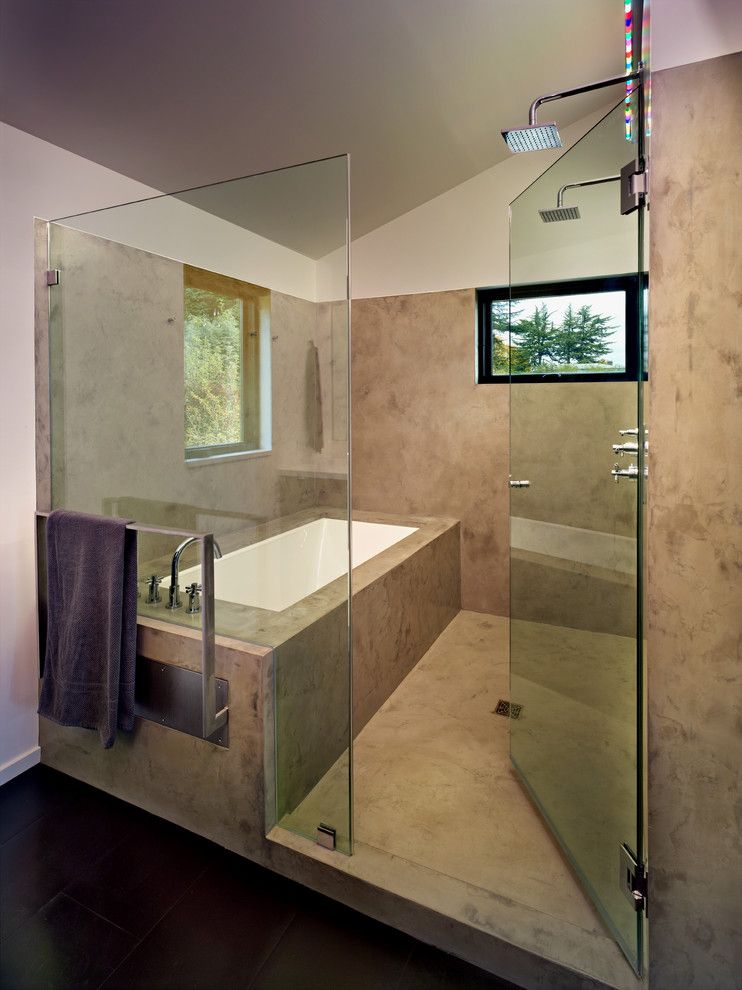 'You may be lucky enough to live in a hot climate which naturally gives a warmer bathroom. But if you live in a colder climate and you exit a wet room onto carpeted rooms – add kids, dogs and all the rest – it is a recipe for waterlogged, messy floors everywhere.
'You may be lucky enough to live in a hot climate which naturally gives a warmer bathroom. But if you live in a colder climate and you exit a wet room onto carpeted rooms – add kids, dogs and all the rest – it is a recipe for waterlogged, messy floors everywhere.
'A screen will help contain major puddles, but underfloor heating and heated towel rails will also speed up the drying process and help prevent slip hazards. Mechanical ventilation is a must and will help clear steam quickly – look for models with intelligent humidity sensors that automatically boost when required.' You can also pair this with a beautiful, easy-to-wash bathroom rug idea.
3. Consider different surfaces ideas, not just tiles
(Image credit: Base Interior)
Tiling from floor-to-ceiling is practical but can feel cold and uninviting in large volumes. Nicholas points out the importance of exploiting other options.
'We’ve noted a rise in polished plaster – both traditional Tadelakt and more modern Microcement – in wet room designs and the results are stunning,' he says.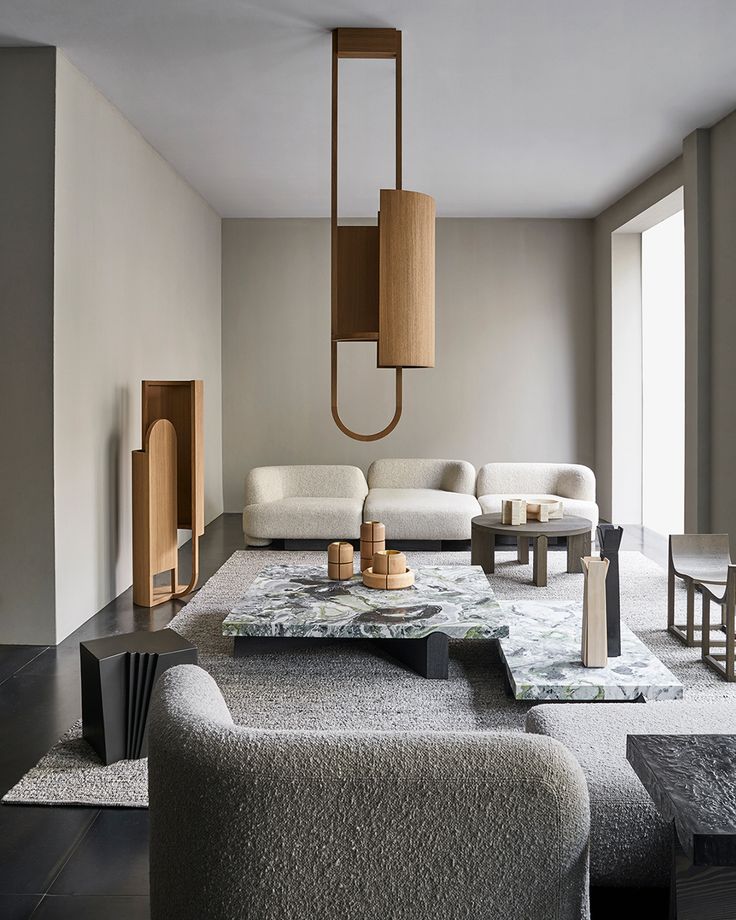
Built up in layers, the finish is waterproof and seamless, so there’s no grubby grout to tackle.
4. Pick the right sanitaryware
(Image credit: Future / Mark Bolton )
'If you are embracing the full wet room in a large bathroom look and omitting any sort of enclosure or screen, it is fundamental to think about your choice of sanitaryware, as it is likely that it will get wet from the spray of the shower or the condensation in the room,' advises Rebecca Milnes, designer at CP Hart .
'Opt for ceramics that are flush to the wall and are ideally wall-mounted. A wall-hung toilet is a brilliant choice in a wet room, as there are no areas for water to pool and it makes cleaning easier.'
Though a bathroom that has been tanked doesn’t necessarily need a shower panel, you may want to add one to prevent towels or toilet rolls getting wet. Opt for a fluted or frosted finish to maintain a level of privacy if your wet room forms part of the main bathroom.
'In order to create a true wet room, a watertight environment must be created by tanking both the floor and walls of the room to thoroughly protect it from leaks. First a watertight membrane is laid, then the room will need to be tiled throughout with a gentle gradient in the main a shower area so the water flows away easily into the waste.'
5. Choose the right size sanitaryware to enhance the sense of space
(Image credit: Matki)
It’s important to choose sanitaryware that is slightly smaller than the average in size so that it can make the room look bigger. A wall-hung toilet with a concealed cistern, is not just easier to keep clean, but being able to see the floor gives the illusion of a bigger room. Wall-hung bathroom vanity ideas will also help reduce visual clutter and use the bathroom space more effectively.
6. Play with the illusion of space
(Image credit: Future / Jonathan Gooch)
Using matching tiles or composite panels on both floors and walls is a good idea for wet rooms and small bathrooms as it will accentuate the sense of space.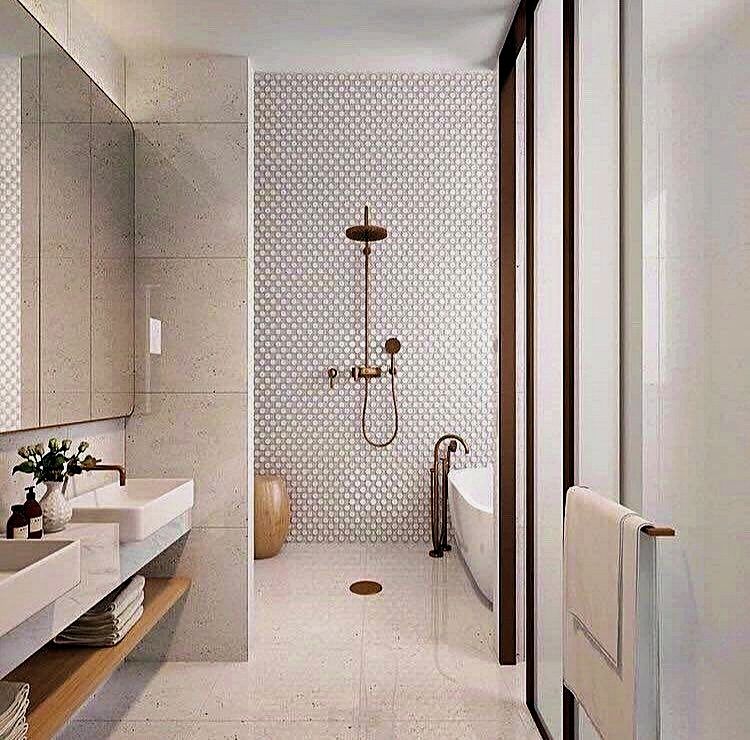
Create areas of bathroom color, and even patterns using mosaics or tiles in a variety of formats, to give definition to your shower space, or mix shapes, sizes and shades for a unique look.
'Add glossy finishes and sleek chrome fittings and use matching shower tile ideas or composite panels on both floors and walls to accentuate the sense of space. Create areas of color and even patterns using mosaics or tiles in a variety of formats to give definition to your shower space, or mix shapes, sizes and shades for a unique look.'
Make sure the floor tiles you want have an appropriate non-slip bathroom flooring rating for wet areas – look out for raised, textured finishes or anti-slip properties in your search.
'Good-quality porcelain tiles are perfect for use in wet rooms and walk-in showers,' says Jo Oliver, Director at Stone & Ceramic Warehouse . 'Firstly, they are impervious to water, making them an ideal solution for everyday use. They also won’t be damaged by detergents or any of the other chemicals we frequently expose our shower surfaces to. '
'
(Image credit: Max Kim Bee)
While it’s easiest to install a small wet room in a new-build or extension, any bathroom, upstairs or down, can be fully tanked for wet room use.
There are certain situations where a wet room comes into its own. 'Wet rooms are particularly effective in small or awkward scenarios, like rooms with sloped ceilings or strange layouts, as you can maximize the showering area without the restrictions of standard shower tray sizes,' says Nicholas Cunild.
Issues like the direction of floor joists can be problematic but not insurmountable. 'In some cases, you may need to accept a step up into the room, in order to achieve the necessary gradients for efficient water drainage. If it’s done by a good professional, it will be unnoticeable.'
8. Fake a wet room
(Image credit: Future / Darren Chung)
If you are not able to create a true wet room, the latest ultra-low profile shower trays are a clever alternative.
A frameless shower enclosure will give any bathroom a modern, seamless feel and create a contained area for showering without the need for a separate cubicle.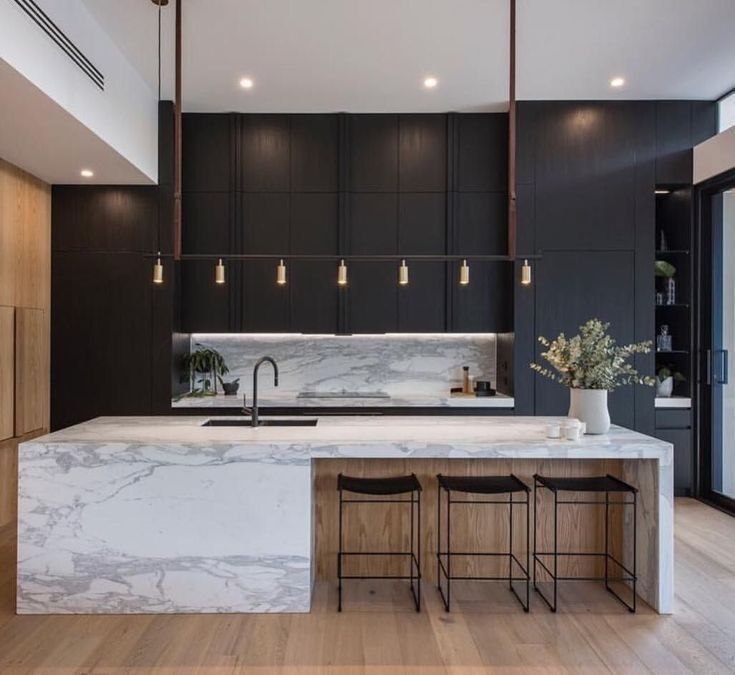
Paired with a low-profile shower tray, these walk-in shower ideas with frameless, clear glass panels help to make even the smallest of spaces feel less claustrophobic and therefore a more calming showering experience.
Don’t forget to allow for adequate drainage at the planning stage. Your shower floor ideas may need to be fitted at a sloped angle away from any doors so water can drain away easily. A sunken shower tray that can be installed flush to the rest of the floor.
9. Bring in pattern to help zone the shower area
(Image credit: Bert & May/ Fired Earth)
Many wet room designs lean towards a minimalist look but it can also be a great opportunity to introduce color and pattern into the space.
Even in an open plan space you can use a showstopping tile on the shower walls and floor to zone the shower area. If you are feeling even braver you can contrast the tiles you use on the floor and walls for even more impact.
10. Find the right tile
(Image credit: Future / Artisan of Devizes)
Bright and colorful wet rooms make for an invigorating shower experience.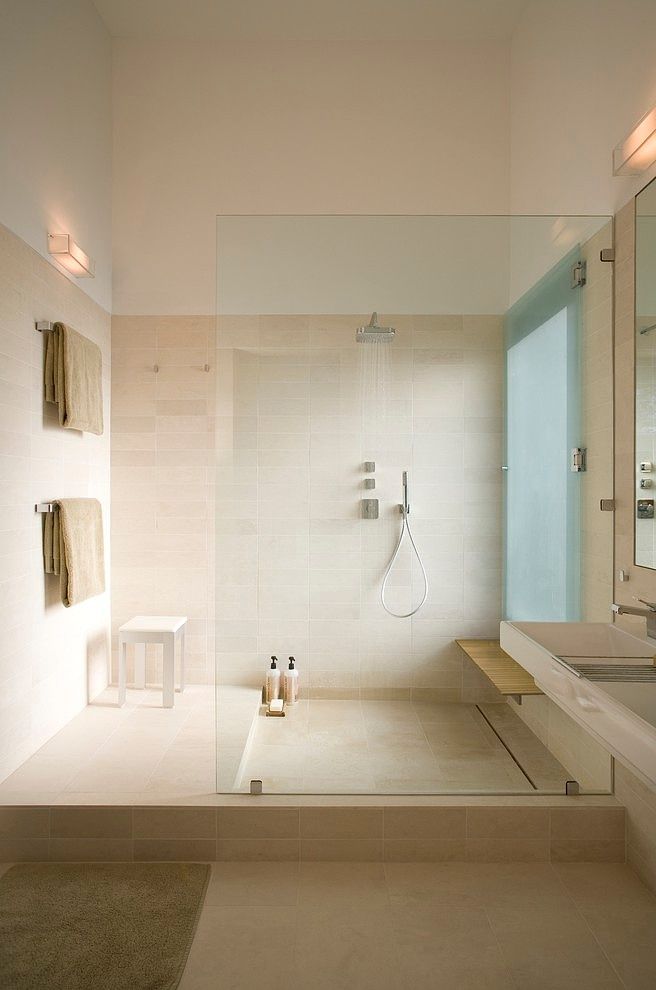 Ideal if you're not naturally a morning person. Smaller bathroom tile ideas like mosaics are a great choice for wet rooms, as they’re easy to lay in a slope towards the drainage hole.
Ideal if you're not naturally a morning person. Smaller bathroom tile ideas like mosaics are a great choice for wet rooms, as they’re easy to lay in a slope towards the drainage hole.
Alternatively, a mix of metro and patterned tiles create a cool and contemporary appearance.
Maintain a seamless look by incorporating a recessed shelf within the shower – a great shower storage idea to keep essential bottles without encroaching on the rest of the space.
11. Enhance the floor factor
(Image credit: Future / Jonathan Gooch)
Shower floor ideas are one of the most important factors when planning and developing a wet room.
Most bathroom flooring types can accommodate the pipes needed for drainage in a wet room – even concrete. But in some instances, the flooring will need to be taken up before tiling takes place to ensure the drainage pipes can be positioned with the necessary slope for the water to drain away.
Tiles are the best type of flooring for a wet room.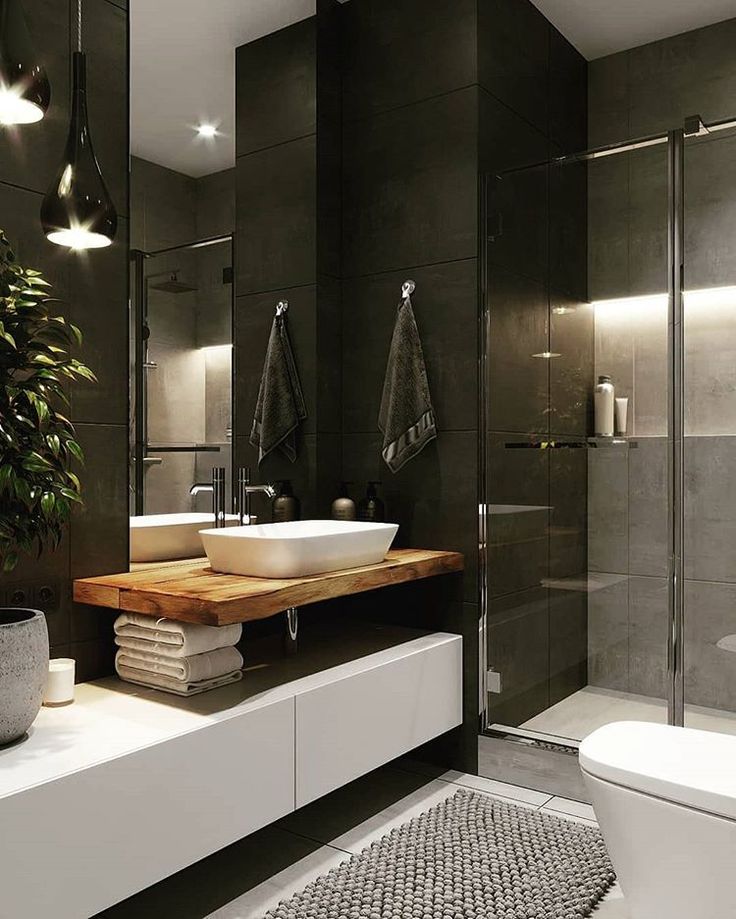 Damla Turgut, founder of Otto Tiles & Design , advises: 'The most suitable types of tiles for a wet room floor are porcelain or natural stone such as marble, terrazzo, encaustic cement or mosaic tiles. Because of their construction and high-shine finish, we would not recommend the use of ceramic tiles on a wet room floor, they are however suitable for wet room walls as are the very on-trend zellige tiles.'
Damla Turgut, founder of Otto Tiles & Design , advises: 'The most suitable types of tiles for a wet room floor are porcelain or natural stone such as marble, terrazzo, encaustic cement or mosaic tiles. Because of their construction and high-shine finish, we would not recommend the use of ceramic tiles on a wet room floor, they are however suitable for wet room walls as are the very on-trend zellige tiles.'
12. Turn a loft space into a wet room
(Image credit: Future / Davide Lovatti)
There are so many advantage to having a wet room.
You can create a more impressive shower room design in an average-sized bathroom simply by removing the bath and freeing up the space needed for a walk-in shower. For instance, if you have a loft space, consider installing a wet room here.
You probably will need a special extractor fan in your wet room. The build-up of moisture and condensation is greater in a wet room than in a traditional bathroom. Fans operated by light switches alone often aren’t effective enough.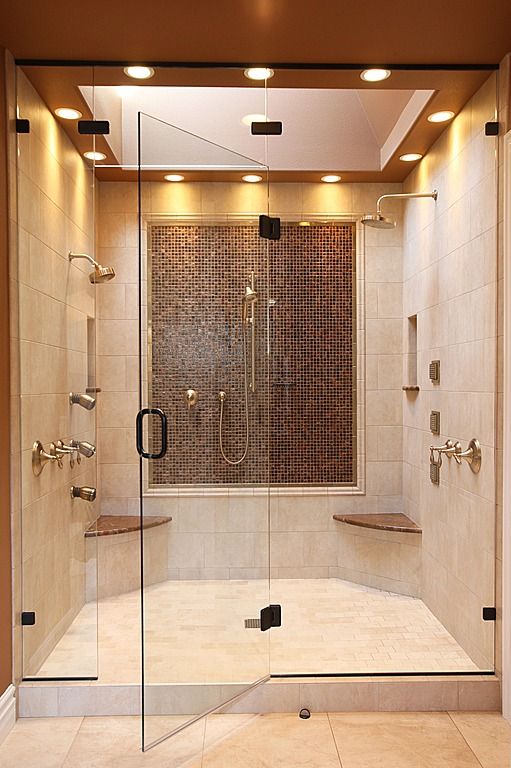 A good fan needs to be wired into the room (still coming on with the light switch) but with a separate cut-off switch, which is outside the room. Humidity-tracking extractor fans are best for wet rooms as they work continuously and incrementally with automatic extraction for however much steam is in the room.
A good fan needs to be wired into the room (still coming on with the light switch) but with a separate cut-off switch, which is outside the room. Humidity-tracking extractor fans are best for wet rooms as they work continuously and incrementally with automatic extraction for however much steam is in the room.
13. Create a spa-like sanctuary
(Image credit: Future / Mark Luscombe-Whyte)
Real estate agents are quick to point out that a family home without a bath will be less saleable, but there are creative wet room ideas with baths you can explore.
If space allows, the bathroom can be turned into a spa-like sanctuary with a bath, vanity unit and smaller wet room-style cubicle.
'Wet rooms give an added level of luxury, allowing a continuous floor finish making a space feel seamless and bigger,' says Gemma Holsgrove, Associate Director at interior design agency Sims Hilditch . 'With cleverly positioned fittings it can certainly feel well thought through.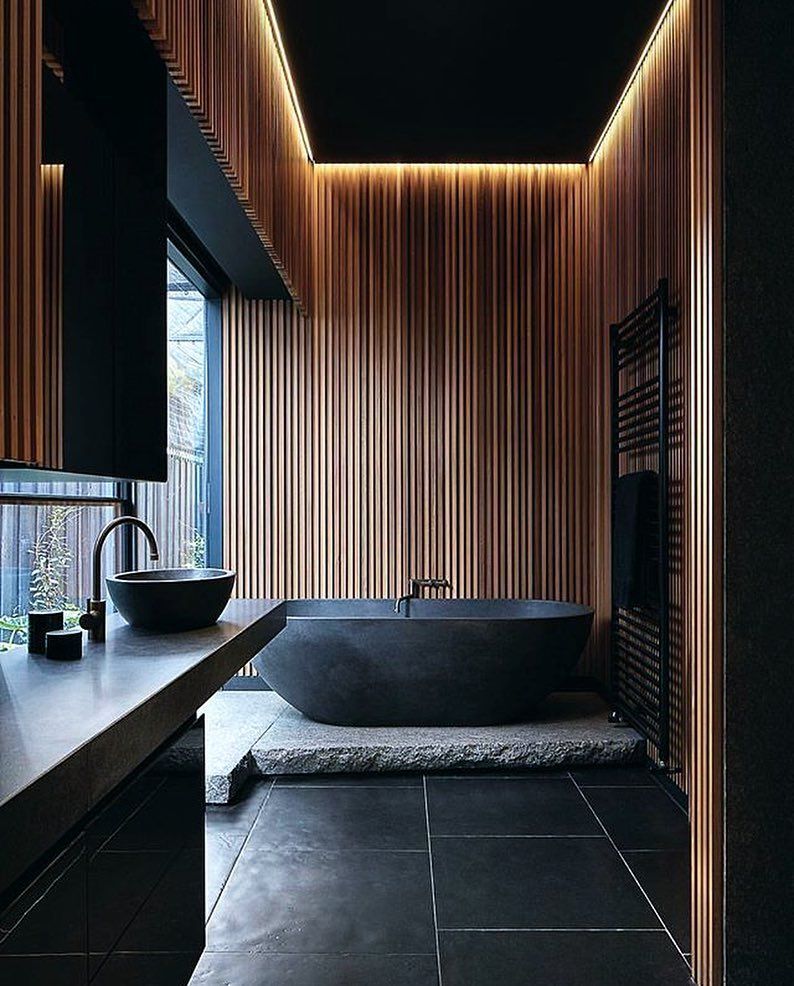 '
'
A wet room design can also work alongside a bath, as Sally Cutchie of BC Designs explains. 'Choosing to have a wet room can actually be hugely beneficial when wanting a bath to sit in the same space,' she says.
'As a wet room is fully waterproof it doesn’t need a shower enclosure fitting,' she adds. 'This can free up a lot of extra space for the all-important bath.'
If your bathroom is on the small side, then use the same material to clad your whole space. A strong stone, like marble, is a stylish option.
14. Take a seat
(Image credit: Fameed Khalique)
Add built-in seating to your wet room for a sauna-like experience. Complete the look with a large rainfall showerhead, then simply sit back and relax.
A wood look can offer a holistic spa bathroom experience, but you'll need to ensure any timber is treated so that it's suitable for a wet area. Or you can mimic the look with tiles. Just make sure they have a non-slip treatment and are comfortable to sit on.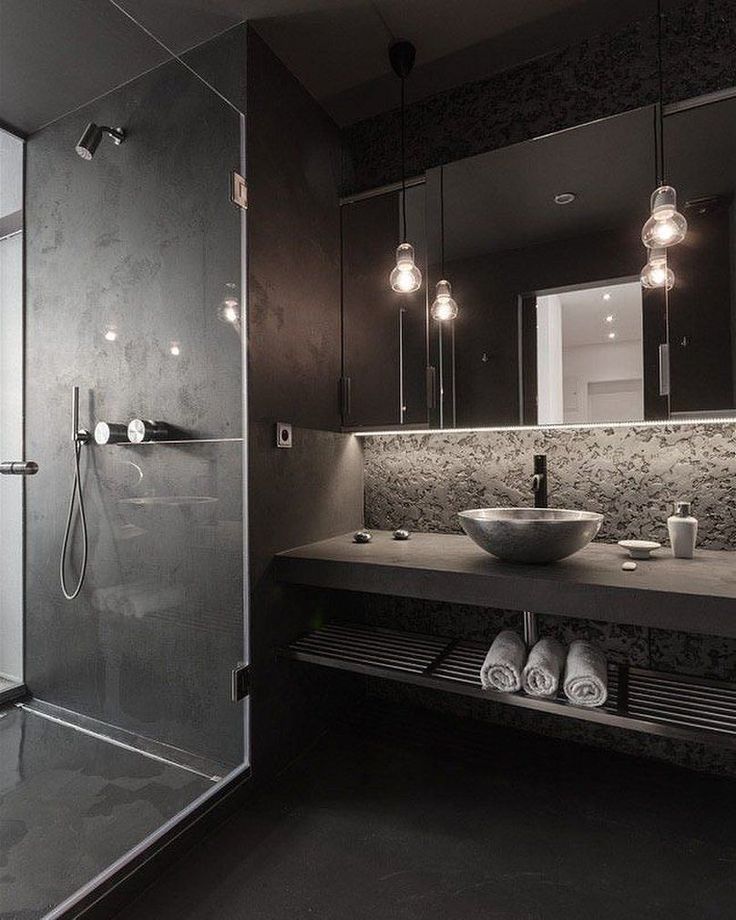
15. Let the light in
(Image credit: Future / Jonathan Gooch)
If you are creating a new space for your wet room, you will need to think about light sources during planning. A huge skylight like this creates the illusion of showering outdoors. So if you've been inspired by trips to tropical climes such as Bali or Thailand, this could be a practical way to recreate that magic.
The best bathroom lighting ideas feature at least two lighting circuits – one for overhead lighting and another for adjustable mood and task lighting. Where you place these will depend on any natural light sources, too.
16. Install a space to rest and recharge
(Image credit: Future / Mark Bolton)
When considering how to choose a shower for your wet room, Paul Bailey, Senior Category Manager at GROHE , says: 'Features such as steam, sound and chromotherapy through built-in lighting modules are increasing in popularity, due to growing demand for spa and wellness inspired bathroom spaces. '
'
Wet rooms are considered a practical and luxurious addition to a home. However, they can be costly. Nick Cryer of Berkeley Place says: 'Wet room installations are more specialist, more time consuming and more expensive. All the materials and kit is very readily available, however, we recommend only experts are employed to complete the installation.'
Are wet rooms a good idea?
There are lots of benefits to having a wet room – from being able to utilise a small or awkward space where a bath or standard shower enclosure cannot fit, to future-proofing your home.
Estate agents are quick to point out that a family home without a bath will be less saleable. But there are creative options you can explore. For instance, if you have a large master bedroom, consider installing a freestanding, statement tub here for a dash of hotel chic.
'Investing time and money into creating a wet room and properly tanking it can also be incredibly useful when it comes to busy family bath times,' says Paul Bailey, Senior Category Manager at GROHE UK.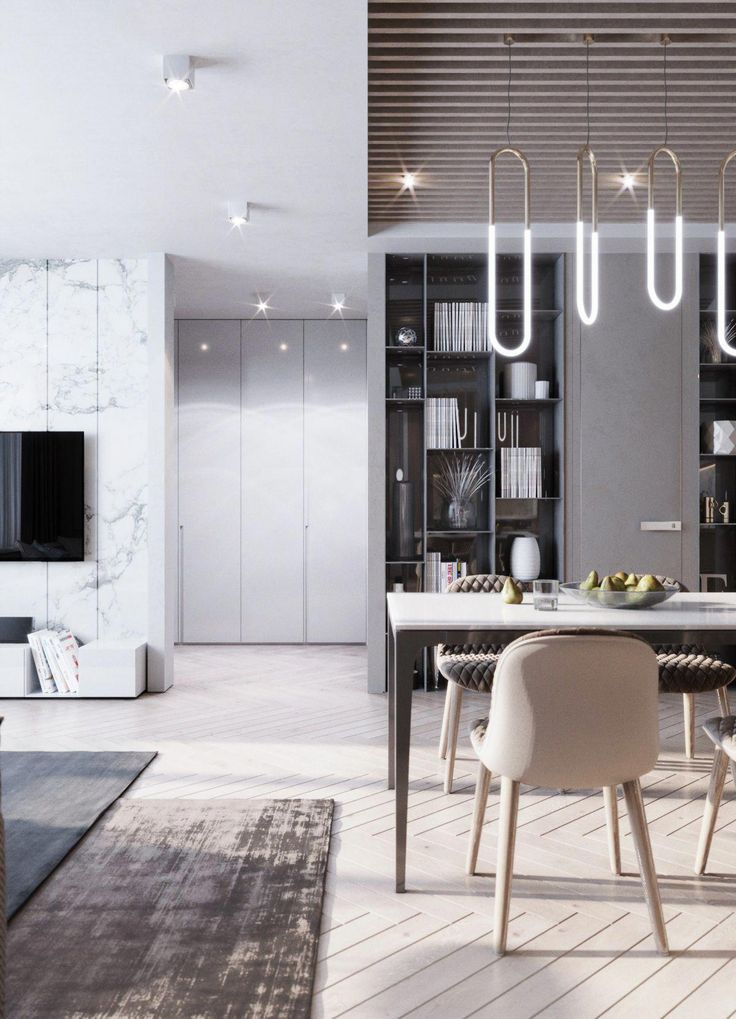
The main drawback is the investment and upheaval a wet room project brings, mainly due to the fact that all wet room ideas require proper tanking.
'One other point worth noting is that wet rooms can get quite cold, because there’s no enclosure to keep the steam in,' adds Yousef Mansuri, head of design at C.P. Hart.
How small can a wet room be?
While wet rooms are not limited to incremental sizing, most bathroom designers would recommend that the showering section of a wet room measures a minimum 800 x 800mm.
When planning a shower design for a small bathroom, there are a few aspects which may determine the space required. Will pipework be exposed or concealed? Do you need to install a glass panel to prevent other areas of the room from getting wet?
Don’t forget that adequate ventilation must also be installed in line with building regulations to prevent mould and damp spots.
Get the right layout for a wet room
There's no denying that plumbing can limit the layout of a wet room.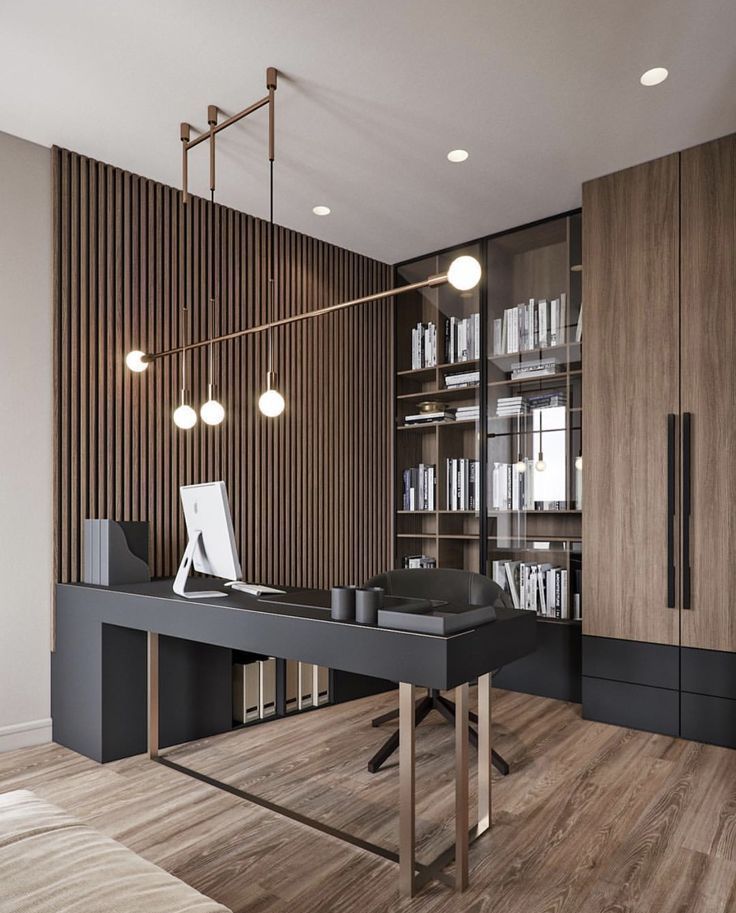 Basins, baths and showers only have to take away water but, if placed 12ft from an outside wall, the drainage will have to slope gently downwards for quite a long way, avoiding joists, which may not be running in a helpful direction. The sooner an architect or plumber raises a few floorboards, the sooner you’ll know your options.
Basins, baths and showers only have to take away water but, if placed 12ft from an outside wall, the drainage will have to slope gently downwards for quite a long way, avoiding joists, which may not be running in a helpful direction. The sooner an architect or plumber raises a few floorboards, the sooner you’ll know your options.
'In a wet room, the shower area is flush with the floor level and the drain is fitted into the fully tiled floor. Originally wet rooms were completely open without any glass partition. However, a simple fixed glass panel creating a walk-in shower area is a much more practical choice and has become the most popular trend,' advises Rebecca Milnes, designer at CP Hart .
'Wet room systems are not limited to incremental sizing, like shower trays often are, so they are a great solution for awkward or tight spaces.
'In small rooms it is possible to turn the whole area into a walk-in shower. However, it is best to be mindful of the items in the bathroom that need to be kept dry, such as towels and toilet rolls.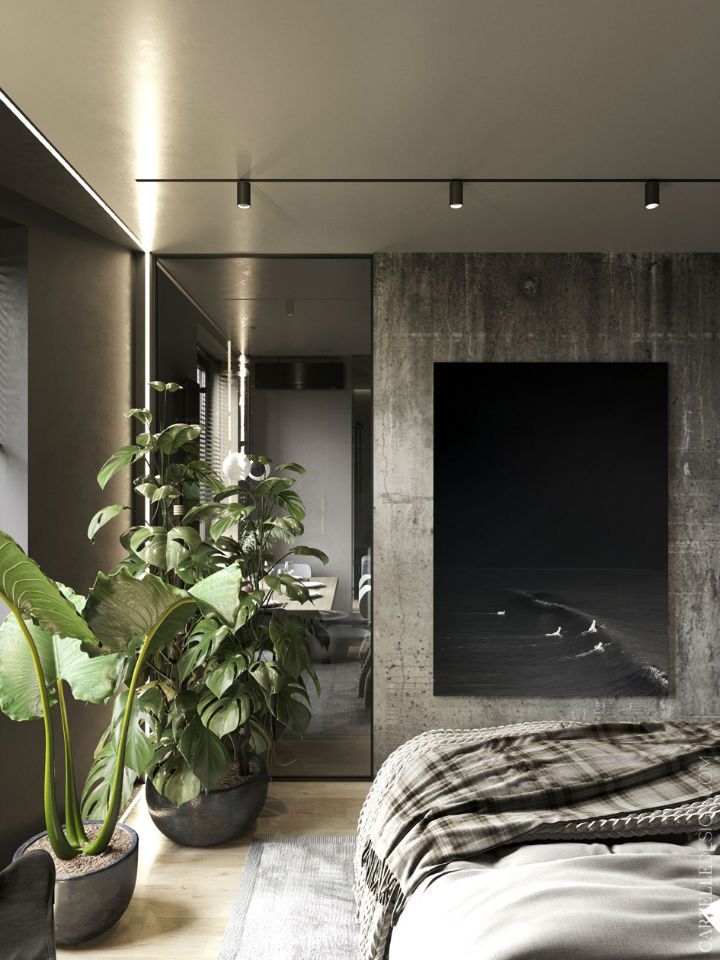
'One of the first things to consider when planning a wet room is where to position the drain. Ideally the drain should be as far away from the bathroom door as possible, to minimise any risk of water escaping the room.
'If you have a wooden sub-floor, the way your joists run is crucial to where your drain can be positioned. You’ll also need to think about which way the gradient fall towards the waste will run, to avoid any tricky wedging effects.'
What's the difference between a wet room and a walk-in shower?
‘A true wet room is a fully waterproofed space without a fixed shower door or tray, and usually has an open tiled shower area,’ explains Nicholas Cunild, managing director of Matki.
A walk-in shower, on the other hand, is an area in a bathroom or shower room with a low-level shower tray and glass surrounds. While completely watertight, you may still wish to include a glass panel in a wet room to contain the water spray.
Is a wet room expensive?
There’s no doubt that a wet room is an investment.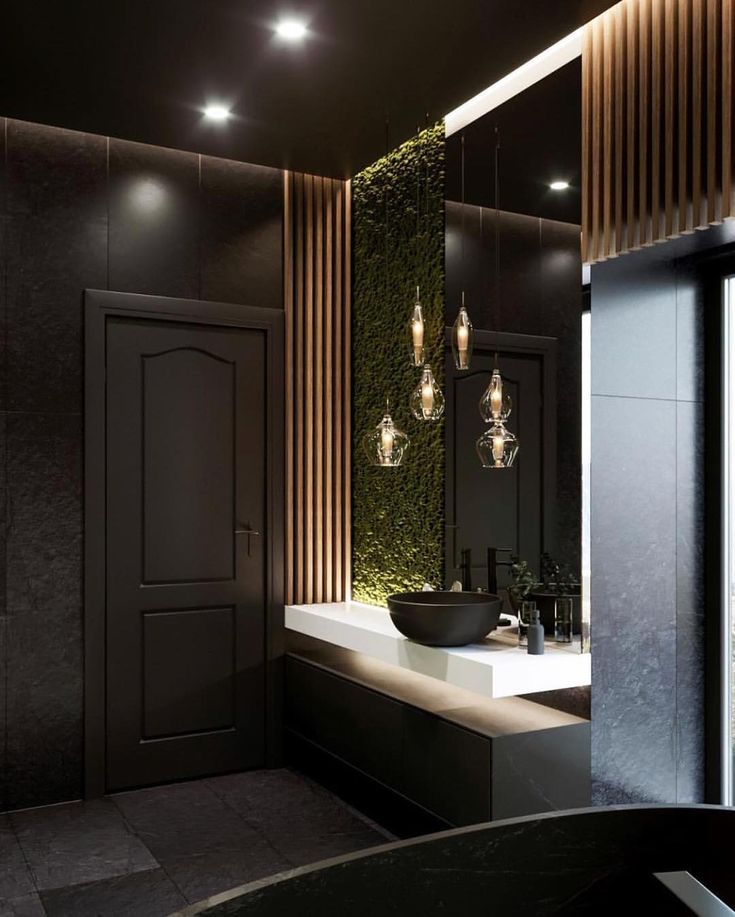 The tanking process to ensure the room is completely waterproof can be costly and takes time. All wet room ideas involve tiling the space from floor to ceiling carefully while ensuring proper drainage.
The tanking process to ensure the room is completely waterproof can be costly and takes time. All wet room ideas involve tiling the space from floor to ceiling carefully while ensuring proper drainage.
Concealing pipework can also be an investment, though this can often allow recessed shelving and storage to be created as an additional benefit.
You can find out how much it costs to install a wet room in our guide.
What kind of costs are involved in a wet room?
It is never cheap to re-do a bathroom. In a family bathroom with two basins, a WC, a bath and a shower, quality items will easily add up to £5,000.
Installation adds a further £3,000 or so and, with cabinets and storage, good quality mirrors, tiles and lighting, it generally adds up to between £10,000 and £15,000.
(Image credit: Future / Davide Lovatti)
The build-up of moisture and condensation is greater in a wet room than in a traditional bathroom. Fans operated by light switches alone often aren’t effective enough.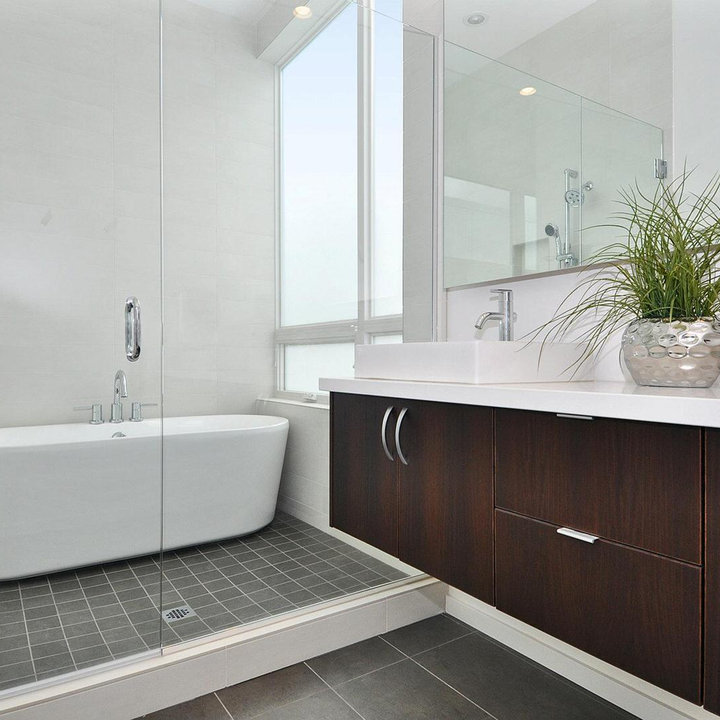
A good fan needs to be wired into the room (still coming on with the light switch) but with a separate cut-off switch, which is outside the room. Humidity-tracking extractor fans are best for wet rooms as they work continuously and incrementally, with automatic extraction for how much steam is in the room.
Pick the right wet room flooring
'When deciding which wet room system to go for, think about what your sub-floor is made of. There are systems for both solid and wooden floors. If you have a concrete floor, it can be quite invasive to channel in a waste and create the gradient fall required for drainage,' advises Rebecca Milnes of CP Hart.
'Forgoing a shower tray in favour of a wet room allows the floor tiles to run through to the shower area, which adds visual space to a room. However, not all surfaces are safe to use in a wet room setting and it is crucial to know what the slip rating of the material is. I’d recommend using a material with a structured, textured finish to give extra grip in wet areas.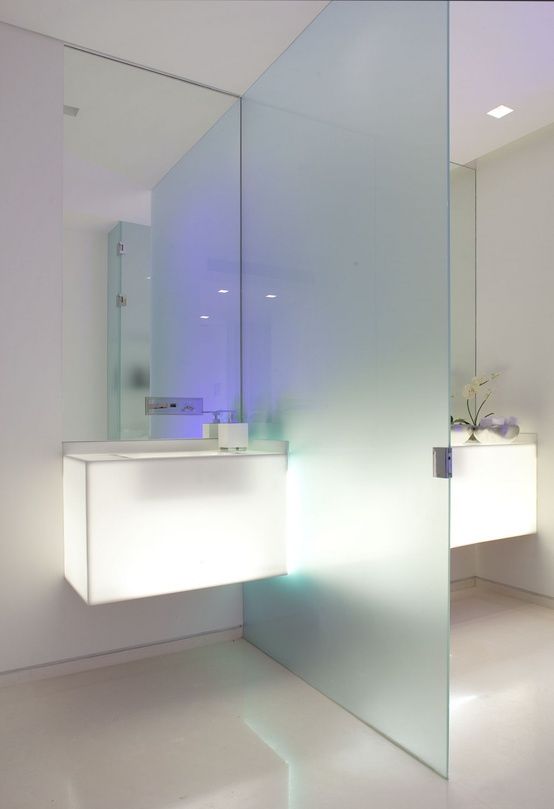 Mosaics are also a great choice for wet areas, as the grout lines between the tiles give appropriate grip.
Mosaics are also a great choice for wet areas, as the grout lines between the tiles give appropriate grip.
'In cases where a step-up to the wet area is needed, the step should be at least 10cm high, as anything lower can be easily overlooked by those not familiar with the room and can become a trip hazard. Adding under-plinth lighting can highlight the step and add ambiance to the room.'
Tanking a wet room
'Tanking is essential in a wet room,' says Rebecca Milnes. 'This is a multi-step process which entails several layers of waterproofing to ensure an excellent seal – much like a swimming pool.
'The two main approaches for tanking a wet room are using a self-adhesive bitumen-based waterproof membrane, or applying a paint-on liquid wall membrane. It is always best to speak to your supplier about the best system for your project.'
Jennifer is the Digital Editor at Homes & Gardens. Having worked in the interiors industry for a number of years, spanning many publications, she now hones her digital prowess on the 'best interiors website' in the world. Multi-skilled, Jennifer has worked in PR and marketing, and the occasional dabble in the social media, commercial and e-commerce space. Over the years, she has written about every area of the home, from compiling design houses from some of the best interior designers in the world to sourcing celebrity homes, reviewing appliances and even the odd news story or two.
Multi-skilled, Jennifer has worked in PR and marketing, and the occasional dabble in the social media, commercial and e-commerce space. Over the years, she has written about every area of the home, from compiling design houses from some of the best interior designers in the world to sourcing celebrity homes, reviewing appliances and even the odd news story or two.
13 wet room ideas and tricks for a minimalist bathroom |
(Image credit: Darren Chung)
For many years, wet room ideas were a divisive choice for a bathroom renovation. While they were favored for the idea that they could make your space look bigger, and that they work well for small spaces, the major drawback was the idea that when you shower, the whole bathroom gets wet.
Originally, wet rooms were completely open without any glass partition, however, a simple fixed glass panel creating a walk-in shower area is a much more practical choice and the general trend for wet rooms has evolved to include some sort of shower screen.
Now, in terms of modern bathroom ideas, wet rooms are certainly up there with the most popular. While the process of installing a wet room might be more disruptive and expensive than a standard bathroom re-fit, by tanking the envelope of your bathroom, you can streamline your floor tile finishes and create level-access showers which are more practical.
All-in-all, this means a more minimalist, modern bathroom, but the design possibilities don't end there. From types of floor and wall finishes to screens and alternative bathroom layouts, take a look at our gallery of the very best in wet room ideas to inspire your space.
Wet room ideas
Wet rooms are ideal as small bathroom ideas or awkward spaces such as below sloping ceilings or in rooms with height restrictions. They’re a job best left to the professionals to ensure adequate drainage, tanking, and slip resistance. If you love the spacious look of a wet room, creating a wet room-style showering area is much easier thanks to the variety of off-the-shelf low-profile shower trays, recessed storage niches, and frameless glass shower screens and hinged doorways now on offer.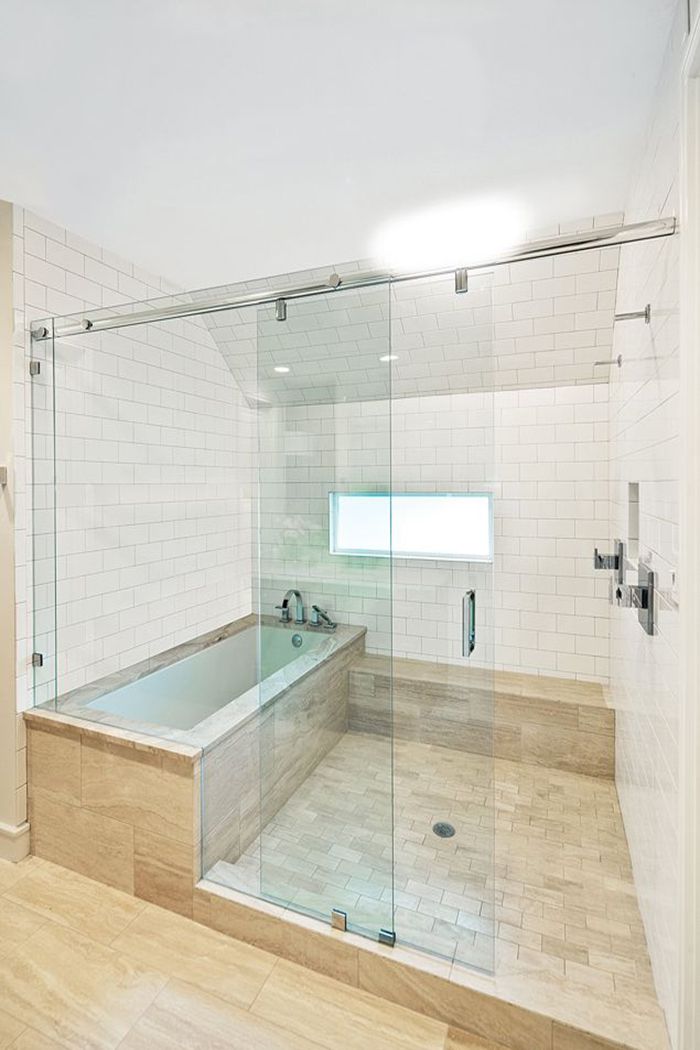
Bespoke trays and screens offer the option of creating a generously sized shower room – perhaps for two – where you can take advantage of the latest shower systems that transform washing into a wellbeing experience, with their wall-mounted body jets and rainfall showerheads incorporating steam, aromatherapy, and chromotherapy features.
(Image credit: Future)
There are some practicalities to consider as part of your wet room design too. One of the first things to consider when planning a wet room is where to position the drain. Ideally, the drain should be as far away from the bathroom door as possible, to minimize any risk of water escaping the room. If you have a wooden sub-floor, the way your joists run is crucial to where your drain can be positioned. A gentle slope or gradient in the main shower area will help ensure that water flows away easily into the waste.
In a wet room, the shower area is flush with the floor level and the drain is fitted into the fully tiled floor.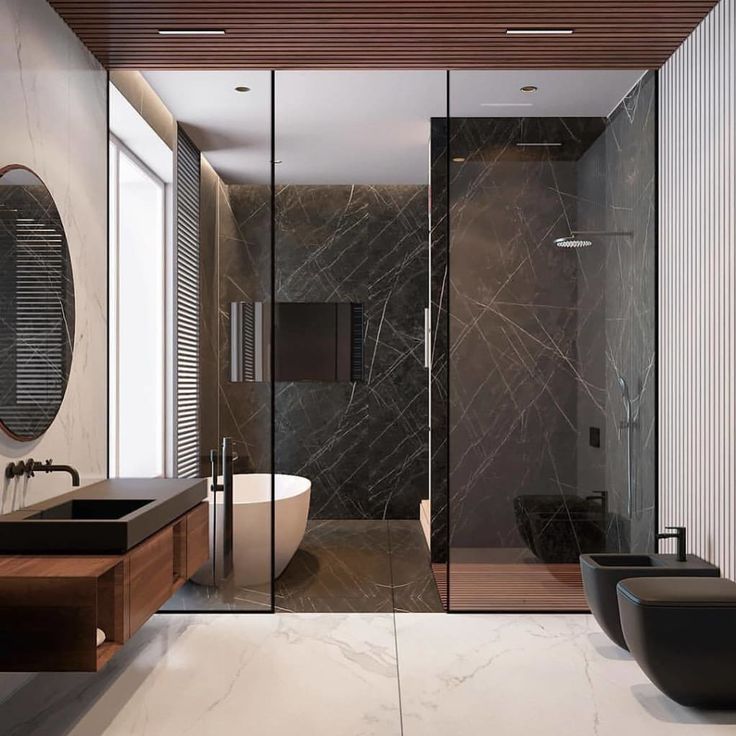
1. Use tadelakt for an on-trend wet room
(Image credit: Darren Chung)
Tadelakt, a traditional Moroccan polished plaster has become a bathroom trend for wet rooms thanks to its good looks and practical nature. 'Homeowners are creating design-led wet rooms without grout lines that can collect dirt and grime,' explains Ian Kozlowski, founder of Decor Tadelakt , 'but it's also an eco-friendly, unique wall covering, offering minimalist beauty and texture.'
Polished with olive soap for a waterproof finish, tadelakt can be used across all the walls in a wet room for a seamless finish, however, it's not really suitable for flooring, and should be combined with tiles or another bathroom flooring idea.
(Image credit: James Merrell)
When it comes to choosing bathroom tile ideas, mosaic tiles have a lot to offer. They are not only easy to apply, and can be worked well around a shower drain without awkward cuts and fussy detailing, but they can also be used to create bold designs like this two-tone stripe wet room, which runs into the shower area.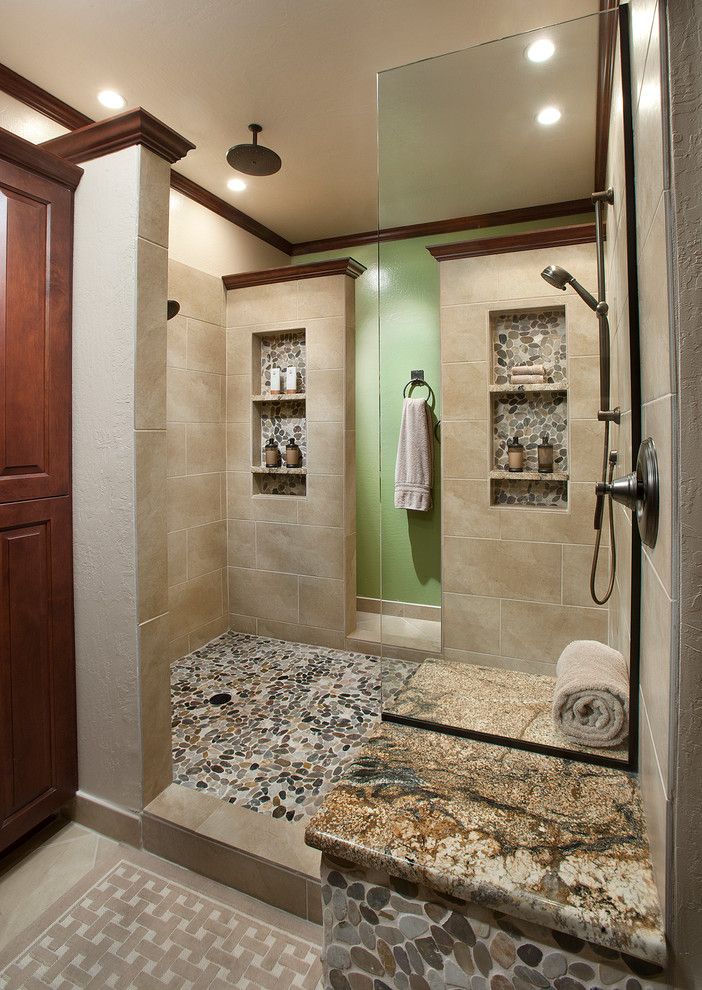
Mosaic tiles are also great underfoot, with extra grout lines creating a non-slip surface. However, be wary that all this extra grout isn't always a practical choice when it comes to keeping your wet room clean and looking its best.
3. Or choose large format tiles for a practical wet room
(Image credit: Anna Stathaki)
If you ask Roisin Lafferty, creative director of Kingston Lafferty Design , she'll warn you against using excesses of small tiles in wet rooms. 'I am an absolute lover of detailed and intricate tiling, however not for a wet room – where it’s a case of the less grout the better for longevity and cleanliness,' she says.
'Large-format marble is timeless and very practical, just make sure you have a slip rating if required. Large-format terrazzo or tiles give a similar streamlined effect. And for the highest-end finish, opt for a seamless full-height glass screen with minimal framing or fittings.'
When using large format tiles for a walk-in shower, you need to make sure you specify anti-slip tiles on the floor, especially for shower tile flooring ideas where there's the greatest chance of slipping on wet flooring.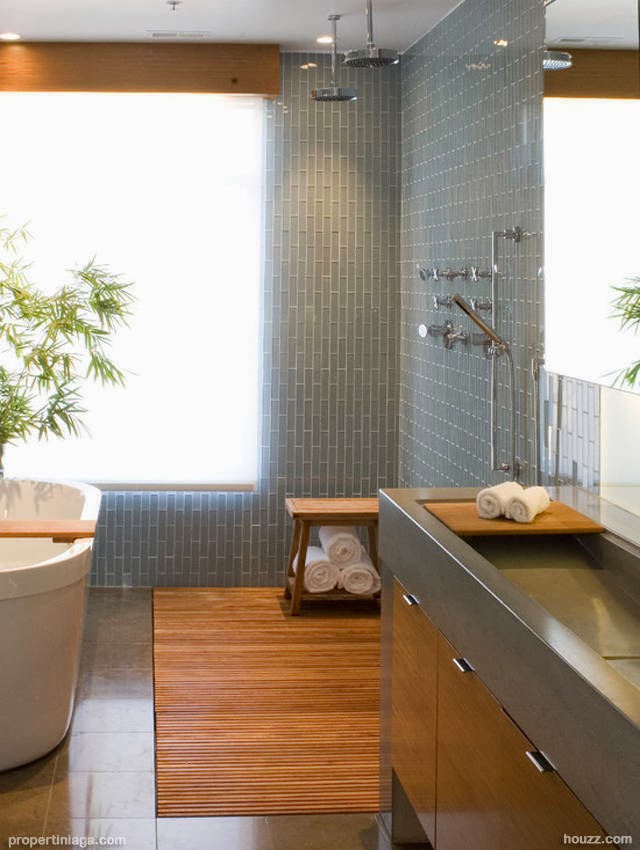
4. Pick a folding shower screen for a small wet room
(Image credit: BC Designs )
Wet rooms have a great advantage in a small bathroom layout in that they don't require bulky shower trays or enclosures, meaning that it's possible to squeeze a shower into a tight corner, often next to a bath.
'When it comes to showers, a separate shower can often be considered a luxury if space is tight. However, there are a couple of clever ways around it including wet rooms and folding shower screens that take up much less room than a typical shower,' says Barrie Cutchie, design director at BC Designs.
In this small bathroom shower idea, a fixed screen would have made access to the shower and the bath difficult and cramped, while the folding shower screen still helps to keep water in one area of the wet room.
(Image credit: Drummonds)
Reeded glass isn't just a huge interior design trend, it's a no-brainer for a beautiful wet room. Not only does the texture of this glass add to a richer scheme, but it can also be used to create pockets of privacy in a wet room, whether it's being used by more than one person at once, or shielding a shower from the view of a window.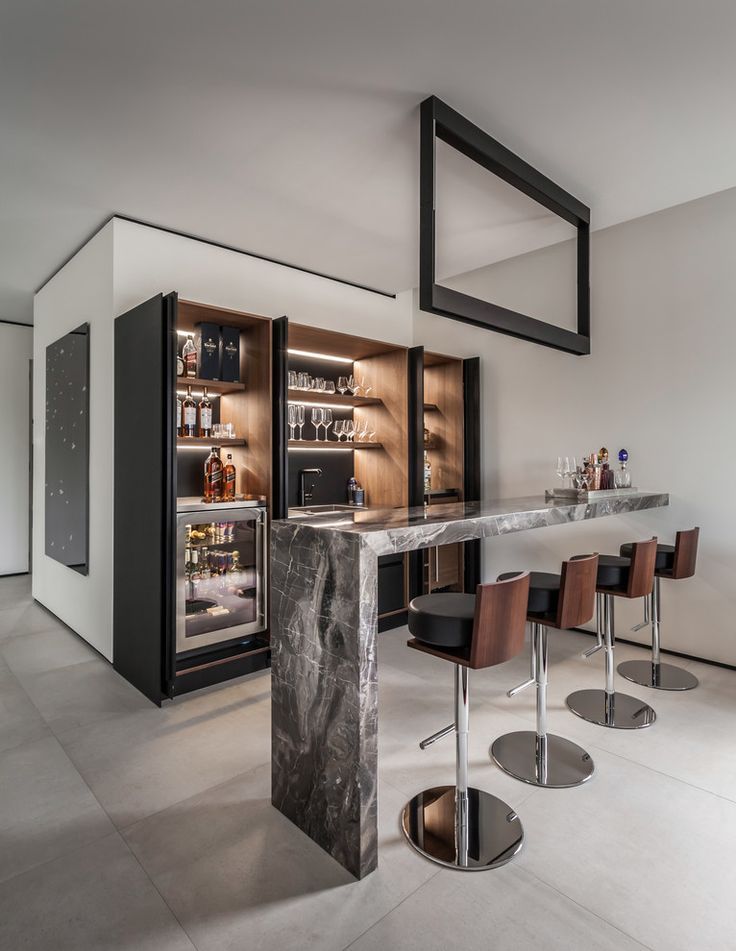 There are plenty of shower screens on the market featuring reeded glass too, while enclosures using this type of glass are harder to come by.
There are plenty of shower screens on the market featuring reeded glass too, while enclosures using this type of glass are harder to come by.
Reeded glass is also a little more forgiving than standard glass when it comes to watermarks and limescale, making it a practical choice too.
6. Opt for a modern Crittall-style shower screen
(Image credit: Day True)
Just as steel-framed dividers and doors are much-loved elsewhere in our homes, Crittall-style shower screens are a popular choice for bathrooms and wet rooms for a luxe addition to the space.
In this design by Day True , the wet room also positions the shower underneath a large roof light, bathing the space with natural light while retaining its sense of privacy.
7. Or go for a minimalist shower screen
(Image credit: Brian O'Tuama Architects)
While you may be tempted by these feature shower screens, sometimes the best option for a wet room is the simplest. As you have the design possibility to use one tile for flooring throughout a wet room, and with no trays or enclosures to carve up the space, a minimalist shower screen, like this used in this project from Brian O'Tuama Architects , which highlights the seamless nature of the space.
Consider slimline frames and concealed fixings, as seen in this brass and marble bathroom idea, reducing visual noise for a picture-perfect wet room
(Image credit: Mandarin Stone)
The beauty of a wet room is that you don't have to have a screen at all if you don't want to. However, practically when using the space, and for those using it after you, it can help to consider where water will sit in the space. In an ideal world, you'll want water and spray to not reach areas like the basin, where you might want to later stand with dry feet.
'If you are embracing the full wet room look and omitting any sort of enclosure or screen, it is fundamental to think about your choice of sanitaryware, as it is likely that it will get wet from the spray of the shower or the condensation in the room,' says C.P. Hart 's Rebecca Milnes. 'Opt for ceramics that are flush to the wall and are ideally wall-mounted. A wall-hung toilet is a brilliant choice in a wet room, as there are no areas for water to pool and makes cleaning easier. '
'
(Image credit: Darren Chung)
As wet room ideas don't have to have fixed shower enclosure sizes, you can use this as an opportunity to install a double shower set-up. Do you need or will you use two showers in the same space? Only you can answer that, but for a luxury bathroom idea, they can't be beaten.
This bathroom design, which includes a BC Designs bathtub, incorporates a micro cement shower floor running throughout the wet room, adding an industrial contrast to the marble and luxury fittings used.
10. Create an enclosure for a partial wet room
(Image credit: Matthew Williams)
To get the best of both worlds of a wet room, it's possible to divide your bathroom into wet and dry zones. This is usually done by combining the bath and shower into a wet room set-up, separated by an enclosure, but properly tanked in the way a wet room should be.
This leaves your basin and WC out of the wet zone, making it easier to use these spaces after someone has showered without entering into a wet, humid space.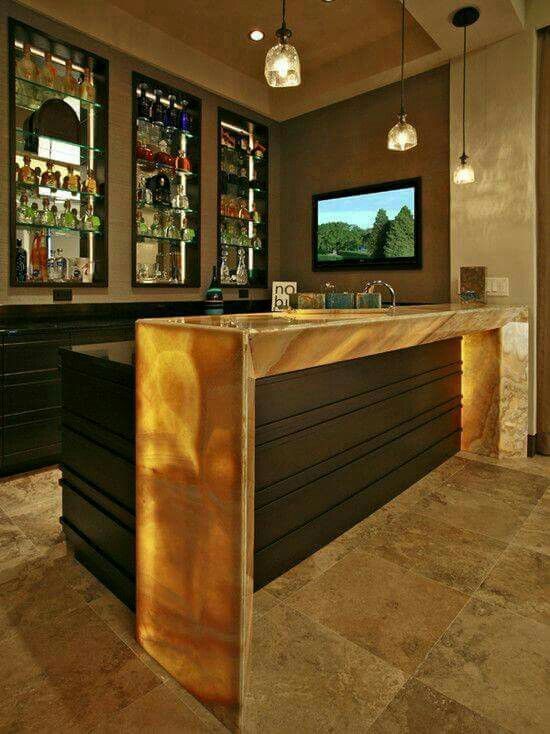
11. Create a broken-plan wet room
(Image credit: McCrum Studio)
This wet room set-up by interior designer Katie McCrum of McCrum Studio is another way you could look to divide up a bathroom for a more contained wet zone. This broken-plan enclosure means that the wall intersecting the bathroom could be used for this clever bathroom mirror idea, freeing up space in the bathroom, while the showers and bath sit beyond in a dedicated wet zone.
(Image credit: Anna Stathaki c/o BC Designs/C.P. Hart)
Wet rooms are well-loved for their walk-in shower designs, but how about a walk-through shower? In a design such as this, from C.P. Hart, a walk-through wet room set-up allows for an unusual freestanding bath idea, laid out with the tub in the center of the room, meaning the shower can be used from either side without disturbing the flow of the room.
While walk-through showers may take up extra space for both an entry and exit to the showering area, they have a luxurious feel about them that makes them well-suited to high-end bathrooms.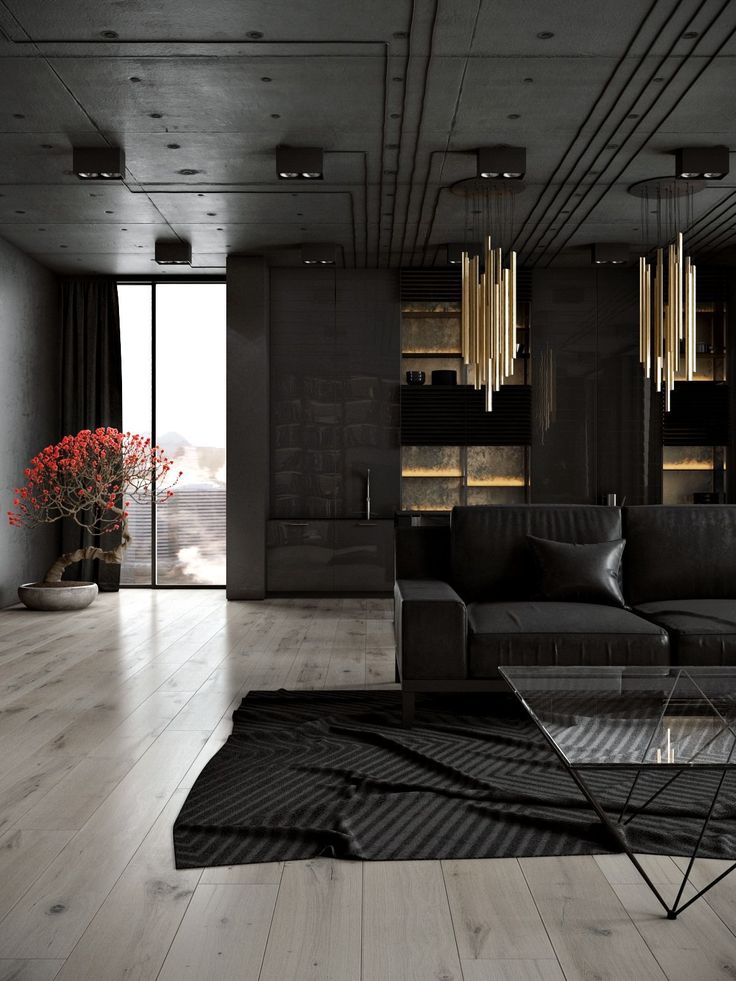
13. Try this clever idea to protect wet room windows
(Image credit: West One Bathrooms)
While this wet room from West One Bathrooms might be small, it's perfectly formed. Not only does this Crittall-style shower screen and hexagonal tile create a modern look, but the designers have come up with a clever way to be able to position the shower next to the window, without exposing it to water spray and excess moisture.
A hinged screen over the window not only protects it from the shower, but provides privacy when using the shower without sacrificing natural light. Plus, it can still be opened, like a traditional window treatment to enjoy the view.
What do you need to have a wet room?
To create a wet room, you'll need to create a watertight environment, for example by tanking both the floor and walls of the room to protect it from any leaks. Once a watertight membrane is laid, the room can then be tiled.
When deciding which wet room system to go for, think about what your sub-floor is made of.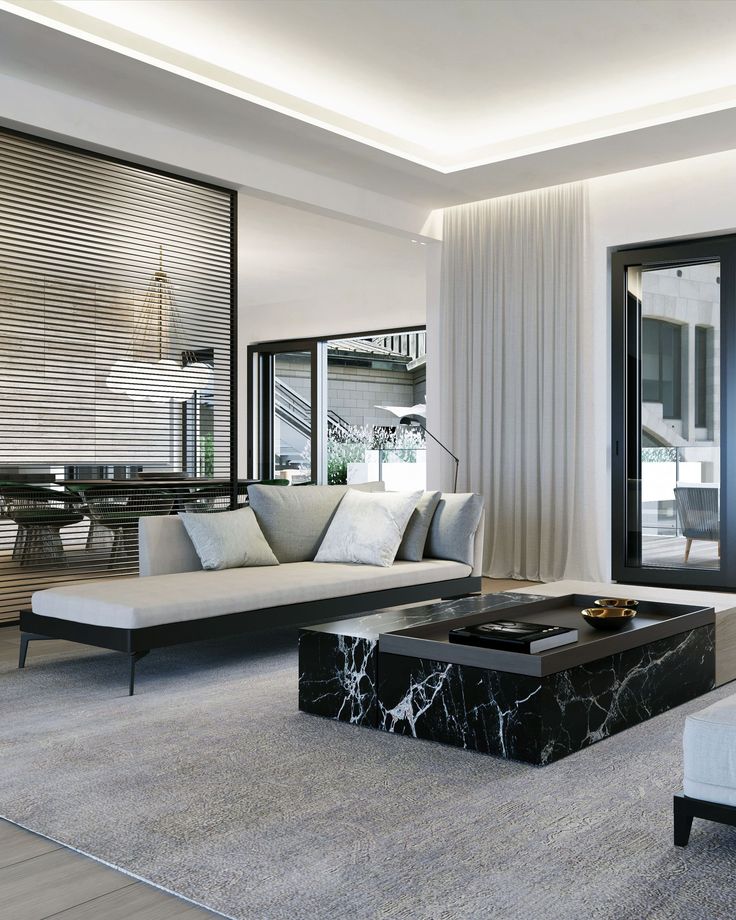 There are systems for both solid and wooden floors. If you have a concrete floor, it can be quite invasive to channel in a waste and create the gradient fall required for drainage.
There are systems for both solid and wooden floors. If you have a concrete floor, it can be quite invasive to channel in a waste and create the gradient fall required for drainage.
Forgoing a shower tray in favor of a wet room allows the floor tiles to run through to the shower area, which adds visual space to a room. However, not all surfaces are safe to use in a wet room setting and it is crucial to know what the slip rating of the material is. C.P Hart's Rebecca Milnes recommends using a material with a structured, textured finish to give extra grip in wet areas.
Tanking is also essential in a wet room. This is a multi-step process that entails several layers of waterproofing to ensure an excellent seal – much like a swimming pool. The two main approaches for tanking a wet room are using a self-adhesive bitumen-based waterproof membrane or applying a paint-on liquid wall membrane. It is always best to speak to your supplier about the best system for your project.
Hugh is the Deputy Editor of Livingetc.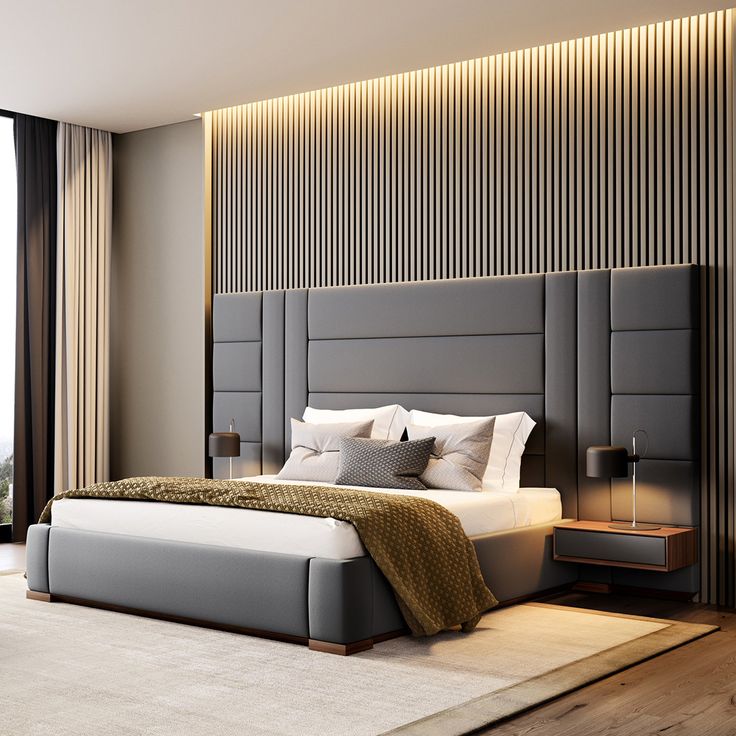 com. From working on a number of home, design and property publications and websites, including Grand Designs, ICON and specialist kitchen and bathroom magazines, Hugh has developed a passion for modern architecture, impactful interiors and green homes. Whether moonlighting as an interior decorator for private clients or renovating the Victorian terrace in Essex where he lives (DIYing as much of the work as possible), you’ll find that Hugh has an overarching fondness for luxurious minimalism, abstract shapes and all things beige. He’s just finished a kitchen and garden renovation, and has eyes set on a bathroom makeover for 2022.
com. From working on a number of home, design and property publications and websites, including Grand Designs, ICON and specialist kitchen and bathroom magazines, Hugh has developed a passion for modern architecture, impactful interiors and green homes. Whether moonlighting as an interior decorator for private clients or renovating the Victorian terrace in Essex where he lives (DIYing as much of the work as possible), you’ll find that Hugh has an overarching fondness for luxurious minimalism, abstract shapes and all things beige. He’s just finished a kitchen and garden renovation, and has eyes set on a bathroom makeover for 2022.
Top 40 Photos, Styles, Colors, Interior Ideas in 2022
Bathroom Design: Top 40 Photos
Every corner of the house can be cozy. To create a modern bathroom design, you need to know a few important trends for 2022. We bring to your attention the advice of professionals and photos of current style solutions
| Read / 15 minutes0005 KP journalist Inna Kaminskaya Designer, founder of GF studio The main thing for a bathroom is convenience and functionality. Contents 1. Design styles Removing 2. Modern Remov 3. Classic Remove 000 9000 9000 5. Bathroom design with washing machine0003 6. Expert Opinion Pass 2022 In a modern apartment or private house, a bathroom is not just a sanitary and hygienic room. Modern trends are environmental friendliness and seeming simplicity, which actually stands for a carefully thought-out project. Therefore, eco-style, minimalism and loft are at the peak now. We will tell and show in more detail in our article. When choosing a bathroom design, photos will help visualize your desires, and expert advice will save you from mistakes. It's interesting How to choose a heated towel rail for the bathroom A Komsomolskaya Pravda correspondent found out how to choose the right heated towel rail that will work as efficiently as possible
Minimalism This style is great for the bathroom.
Minimalist bathrooms. Photo: social networks Ecostil When choosing a bathroom design, you need to “try on”. The modern trend towards eco-friendly living has influenced many people. And, of course, made eco-style popular. It offers to feel yourself in nature, even being in a city apartment. And it helps to relax and unwind. Ecostyle Basic Rules:
DID YOU KNOW? How to quickly dry clothes after washing It is not uncommon for laundry to be constantly damp or even wet
Eco style bathrooms. Photo: social networks In the loft style (from the English loft - attic), the space looks like it is a former attic or an abandoned factory warehouse. This fashion trend has its own characteristics:
Loft-style bathrooms. Photo: social networks
Modern bathroom design As a rule, modern interior design is a combination of functionality and aesthetics. It reads current trends both in the technical part and in design. Style can be any. But it is even more interesting to mix several at once. This gives a special charm and individuality to the interior. Photo: pexels.com Countertop washbasin Freestanding washbasins are no longer used in modern design. They were replaced by bowls that are installed on the countertop. You can put two side by side if the room has enough space for a large cabinet. Another trendy option is the countertop washbasin. The latter can be made to order in the desired size. They are made from different materials for any budget. For example, from porcelain stoneware, which looks noble, but is also expensive. And also from cheaper chipboard, acrylic, drywall. Can be tiled or tiled. Top-mounted washbasins are in fashion. Freestanding bathtub This story, of course, is not for a modest 1.5 by 2 m bathroom. If you are lucky and have more space, take this opportunity. But the bath should not be cheap, beautiful and modern. Indeed, with such a design decision, it becomes a visual accent. Freestanding bathtubs look impressive in the interior. Photo: social networks Suspended furniture Judged cabinets are not so hard. And yes, it's easier to clean up. No legs and narrow gaps above the floor, where you can’t crawl with a rag. In the case of a combined bathroom, it is better to hang not only the cabinet, but also the toilet, so that everything looks harmonious and modern. Sometimes even bathrooms are suspended. Hanging pedestals are stylish and comfortable. Photo: social networks Stylish mixers as is known, style - in detail. The choice of modern mixers is huge. Built into the wall is more practical, since difficult-to-wash stains often appear around ordinary ones. Choose modern faucets. Photo: social networks PARTICAL PARTICAL POLSTARITION ON 20 cm. At the same time, small mosaics are still in fashion. This is a different story. Large tiles are the hallmark of a modern bathroom. Photo: social networks
Classic bathroom designKeep in mind: to successfully implement a classic-style bathroom design, you need a lot of space. And more money than, for example, if you choose minimalism. Are you ready for this? Excellent! Refined and aristocratic design is worth any effort. If you really want to, classic elements can be added to a small bathroom. After all, the design should be to your liking and delight. Note that modern classics do not copy palace apartments. Such pomp is not necessary at all. Neoclassical style is an interpretation of classical and antique styles, when functionality and convenience are more important than decorativeness. Symmetry in the interior This is one of the rules of the classical style. Sconces on the walls, cabinets, accessories on the floor and walls - everything should be located symmetrically. Symmetry is important in classic style. Photo: social networks
Refined light A classic interior should not be twilight and dark corners. Give me more light! Fixtures - most often a ceiling chandelier and wall sconces near the mirror - should be exquisite. No plastic or aluminum. Additional spot light required. Small lamps are placed on the ceiling, walls, in the podium and even on the floor. Their decor can be the same as that of the main light source. Or they should be simple and completely invisible so as not to violate the concept. Lamps in a classic style. Photo: social networks
Decor: stucco, gold and more In the decoration of a classic interior, we also do not forget about symmetry. Most often, stucco is used. These can be ceiling cornices, corner elements, panels, etc. Today, there is no need to hire a sculptor and order heavy plaster decor. It is perfectly imitated by polyurethane products, which are widely represented in modern collections of finishes in stores. And with the help of decorative paints, you can give the products an aged look. Examples of decorative elements in classic bathroom design. Accessories that imitate gold and crystal are also popular in the classic interior. Gold-tone accessories for a classic bathroom. Photo: social networks Are gilded candelabra obligatory? Not at all. Neoclassic allows for a neutral design with a minimum of embellishment. A neoclassical bathroom with no frills. Photo: social networks Furniture made of natural materials It is difficult to imagine cheap furniture in a classic interior. Ideal - natural wood and stone. The need for processing to increase moisture resistance makes them even more expensive. Even if furniture made of artificial materials is used, it often imitates solid wood with high quality. Often in a classic design, the bathtub is placed in the center of the room, or by the window. In this case, special attention is paid to her. It can be, for example, an exquisite bathtub with carved legs. Classical design is based on solid furniture. Photo: social networks
Small bathroom design What you need to fit:
You can visually increase the space in the bathroom with a large mirror, plain walls and floors, calm light shades. Minimalism is best for small spaces. Rule: the simpler the better. 3 sq m bathroom design examples. However, they have their downsides. For example, they cannot wash more than 6 kg of laundry at a time and are less stable. Washing machine options in the bathroom:
Examples of how to integrate a washing machine into a bathroom design. Expert opinion Inna Kaminskaya, designer, founder of the Grande Familia studio — Ergonomics is very important in bathroom design. Pay special attention to safety: avoid sharp corners, slippery tiles, extra thresholds and clutter. Bathroom lighting plays an important role. It is comfortable to be in a room with good uniform light. Including take care of high-quality lighting at the sink in 3500 - 4500 K (each has its own color temperature). Think in advance about the type and design of furniture, shelves, cabinets and storage organizers.
Popular questions and answersThe main modern trends in bathroom design Today, natural materials in wall decoration are relevant. "Smart" plumbing fixtures overshadow familiar faucets and simple sanitary ware. We embed as much as possible so that it is not visible. Convenience and conciseness is the motto of 2022. Increasingly, plumbing fixtures in black gloss or matte versions are being used. What materials are suitable for bathroom ? Strange as it may seem at first glance, bathroom tiles can be replaced with paint or plaster. Manufacturers of paints and varnishes have developed worthy moisture-resistant options. Moreover, their color palette is extensive and amazing. You can play with relief, texture, colors and thus achieve unique solutions. Decorative concrete or cement with plasticizers are becoming more and more popular due to their carelessness and originality. The furniture, the floor and the bathroom bowl itself can even be wooden. For example, teak wood has not only a noble texture and color range, but also excellent density, moisture resistance, and durability. Pay attention to vinyl. For example, vinyl flooring has good wear resistance, water resistance, and excellent cushioning properties. How to choose the color scheme for the bathroom ? The color scheme in this room is the subject of much debate and discussion. We start our morning in the bathroom, and the atmosphere of this particular room sets the tone for the whole day. Of course, excessively dark and gloomy shades should be avoided. But if you really want to, then add them carefully, without getting carried away. For example, in the elements of shower decoration. Light, soft colors are preferred for the bathroom. But the bright decor of tiles and porcelain tiles is also relevant. Manufacturers often offer such options in their new collections. However, I advise you to use them carefully, having thought over the future scenario of life with them in advance. The best solution is a light and calm base, on which you can “impose” furniture, plumbing and decor items in bolder colors. Interesting Interior design The main trend in interior design is change. The new decade sets the direction for fresh trends and cultural shifts. Our home is a place where you can escape from the noisy world, even if only for a short time. At the same time, every human soul wants to plunge into refined comfort and warm coziness
Cover photo: shutterstock.com
What trends in interior design do you like? Share in the comments:Comments for the website Cackl e Made on Tilda 15 ideas for a stylish bathroom interior own room design. Varvara Kirova Unsplash While the fun part of bathroom design is the choice of fixtures and finishes, it's important to make important decisions about how to maximize function and optimize layout before getting down to the finer details. Contents of the article
Preparing for renovation Successful bathroom design requires working with space constraints to understand how the entire room will function. This means thinking about how best to design your shower enclosure for maximum comfort and efficiency. Where to place a bath if you have space and desire for it. What size and type of sink can fit into your particular bathroom. How to use your existing window arrangement to maximize airflow and natural light. What type of door is best for privacy and ease of use. Browse these bathroom styles and sizes for ideas to help you design or remodel your bathroom, whether you're building an elegant hotel-style suite, remodeling a guest bathroom, or transforming a small studio apartment bathroom into a zen-inspired oasis that maximizes every square inch of space.
Design ideas
1. Two in one The concept of "two in one" - a shower and a bath - is rethought. Now a glass barrier separates the large shower and tub from the cramped tub with shower head and shower screens. This is a great option for those who value pragmatism and efficiency. In addition, it is suitable for both large and small spaces. There are three distinct benefits to this shower design: Space saving: Freestanding showers and bathtubs can be placed in larger bathrooms. A shower/tub combo is a great alternative if you don't have space. The tub/shower combo caters for the different needs of each family member, such as washing small children or showering for older children.
2. Double shower headsNo more waiting for your loved one to finish showering. Two people can shower at the same time thanks to the large showers and double shower heads. It is both functional and symmetrical. This feature also frames elements such as trendy bathroom tiles and decor accents. To make them stand out even more, use fittings that contrast with the color scheme of the room. For example, black trim will contrast with bright colors, while white trim will stand out in a dimly lit room. Double shower heads are one of the most technologically sophisticated shower fixtures on the market today.
3. Close connection with natureThe idea of erasing barriers between interior and exterior is not new. Bathroom ideas for 2022, on the other hand, go one step further. Bathrooms blend in with the environment through a combination of location, materials and design. In the interior, add more wood and large glass walls. Whether it's glass walls and a glass door in the bathroom, or installing a separate tub on your terrace (or garden) so you can bathe while admiring the scenery. Imagine yourself soaping yourself to the sound of birds singing or the rustling of trees, or lying in the bath, inhaling the scent of roses (or anything else in bloom). Bringing nature into the bathroom has its health benefits.
4. Shower room without partitions The whole process is simplified by creating an inner shell that can withstand the humid conditions of the bathroom.
5. Blue bathroom Cool tones are in the spotlight in 2022. Your space can be large or informal depending on what shade of blue you use. Indigo or sea, for example, has a ceremonial aspect and gives the room a special meaning. Chalky blue or turquoise, on the contrary, can evoke thoughts of the sea coast. Cool shades look good with warm materials like wood or bamboo. Whether you want to create a bathroom that feels relaxed and beachy, luxurious and feminine, or ultra-modern, blue can help you achieve any design.
6. Classic white designWhite is one of those colors that will never go out of style. On the other hand, when choosing bathroom hues in 2022, get creative with all white. In this all-white bathroom, the marble-clad tub and floor create depth and structure. There is another color that goes well with white and that is definitely black. Despite being diametrically opposed, they go well together and you can use black as a bathroom accessory for a variety of items, including all light fixtures, moldings and decorations, and floor tiles. Thus, the room will remain bright and open and will not seem boring.
7. Cotton + Beige One of the best bathroom color combinations that is guaranteed to make you smile is one that is inspired by the finest things in life. Interiors in cotton candy, bubblegum, cotton and beige are bright and vibrant, making them perfect for a stylish home.
8. All shades of grayDark shades are already trending in the bathroom, particularly in the form of eye-catching lights or matte black bathtubs. Black, on the other hand, will cover the walls and floor, creating a stark contrast. With gleaming gold trim and hardware, this base will stand out. Illuminate the bathroom with low or subdued light to complete the sophisticated ambiance. Add a couple of plants if you like. This bathroom decor idea is simple and anyone can bring it to life without much effort.
9. Tiles with wood In general, trends are changing towards more naturalistic. As a result, there will be more earthy tactile textures on walls and floors. Wood look tile is a great alternative to regular wood as it can expand and contract in such an environment. One of the most loved bathroom decor tile designs of 2022, vertical tile can help make a space feel more spacious.
10. Texture and volumeElegant and minimalist bathrooms benefit from intricate and layered tiles. But that's not all. In fact, these bathroom tile patterns can fit into a wide variety of design styles, from modern Mediterranean style to minimalism. In combination with light colors and finishes, they will make a lasting impression.
11. Natural stoneThe popularity of natural stone has been gradually growing since its introduction many years ago. Its natural dark look and naturalistic grain make it easy to see why. It has a distinct earthy hue, making it ideal for eco-friendly homes. No wonder such a bold material has taken the lead in bathroom design in 2022.
12. Chevron Gradient Chevron tiles are popular again, but this time with new details.
13. Hexagonal tileDesigners take their favorite tile to new creative heights. The hexagon, which is one of the most popular tile designs, is getting a fun update. Bathrooms in 2022 will have both the smallest and simplest floor tiles and magnificent decor. Also, trendsetters will not stick to one tile shape. You can use hexagon, herringbone and square in the same space to create a single look.
14. The shower is everything Free-standing bathtubs have been in the spotlight since the introduction of shaped bathtubs. Showers, by contrast, are taking center stage in 2022 renovation ideas. A walk-through walk-in shower or a complete remodeling of a wet “room” will create a unique sense of high-level design in the bathroom. |
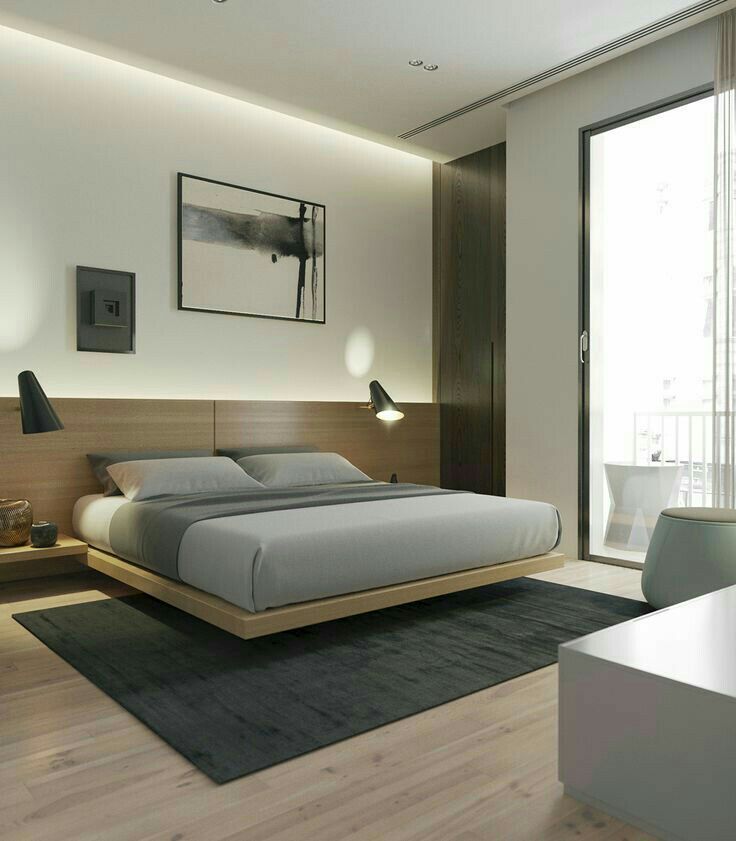 This is a place where we do not just perform daily hygiene rituals “on the machine”. It is nice to relax here after a working day. And a design that meets your needs and tastes will certainly help with this.
This is a place where we do not just perform daily hygiene rituals “on the machine”. It is nice to relax here after a working day. And a design that meets your needs and tastes will certainly help with this. 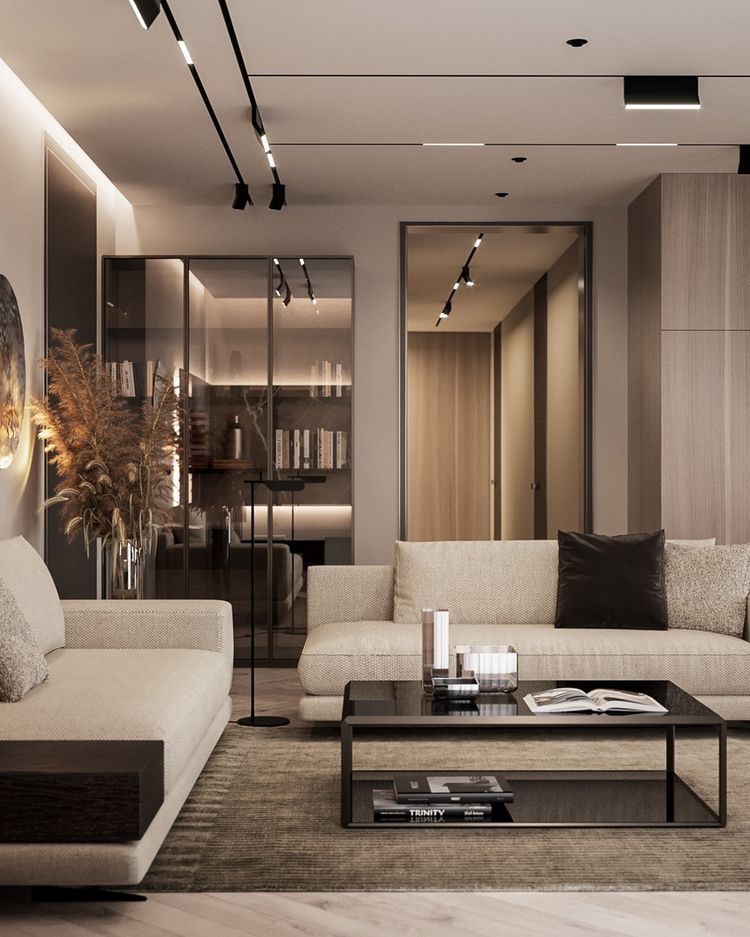 This is a complete room that is a pleasure to be in. Everything in it is filled with aesthetics and pleases the eye. It can be inscribed in the overall concept of housing, but at the same time have its own zest. It’s not for nothing that it’s so fashionable now to take a selfie in the bathroom mirror. And photo shoots in stylish free-standing bathrooms have become an Instagram hit.
This is a complete room that is a pleasure to be in. Everything in it is filled with aesthetics and pleases the eye. It can be inscribed in the overall concept of housing, but at the same time have its own zest. It’s not for nothing that it’s so fashionable now to take a selfie in the bathroom mirror. And photo shoots in stylish free-standing bathrooms have become an Instagram hit.  Because usually this is a small space, and you should not fill it with decorations. A few basic rules for bathroom design for those who choose minimalism:
Because usually this is a small space, and you should not fill it with decorations. A few basic rules for bathroom design for those who choose minimalism: 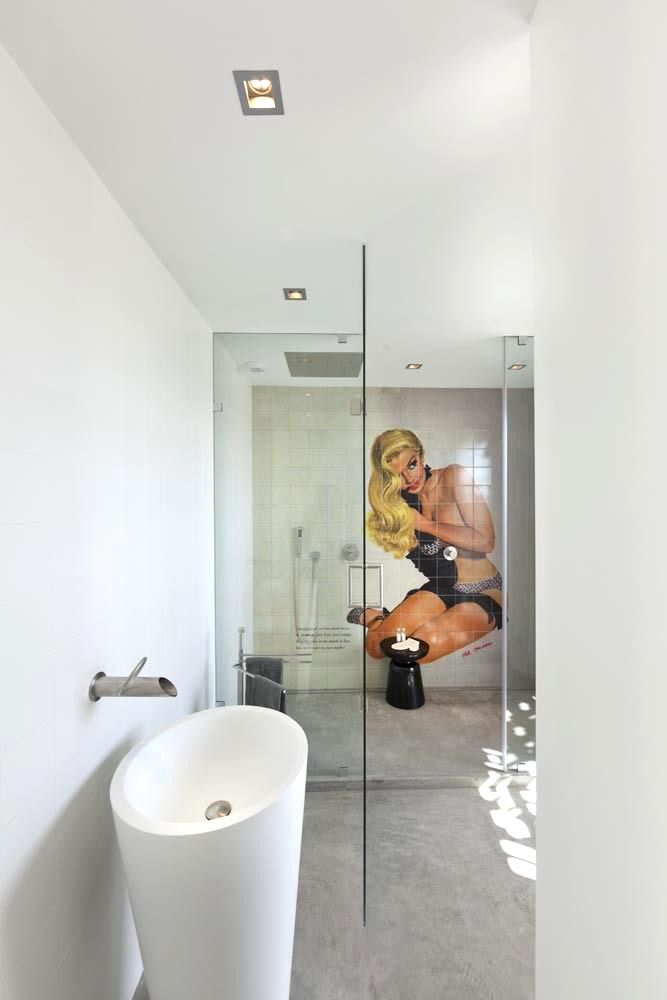
 Wood and stone are especially relevant here. A panel of sea pebbles can become a design feature. Matte surfaces are preferred over glossy ones.
Wood and stone are especially relevant here. A panel of sea pebbles can become a design feature. Matte surfaces are preferred over glossy ones.  However, brutality can be not only ascetic, but also refined, bohemian. One has only to add the appropriate accessories: for example, ethnic decor or gold details. Eclectic is great!
However, brutality can be not only ascetic, but also refined, bohemian. One has only to add the appropriate accessories: for example, ethnic decor or gold details. Eclectic is great!  Style can be anything. But it is even more interesting to mix several at once. This gives a special charm and personality to the interior.
Style can be anything. But it is even more interesting to mix several at once. This gives a special charm and personality to the interior. 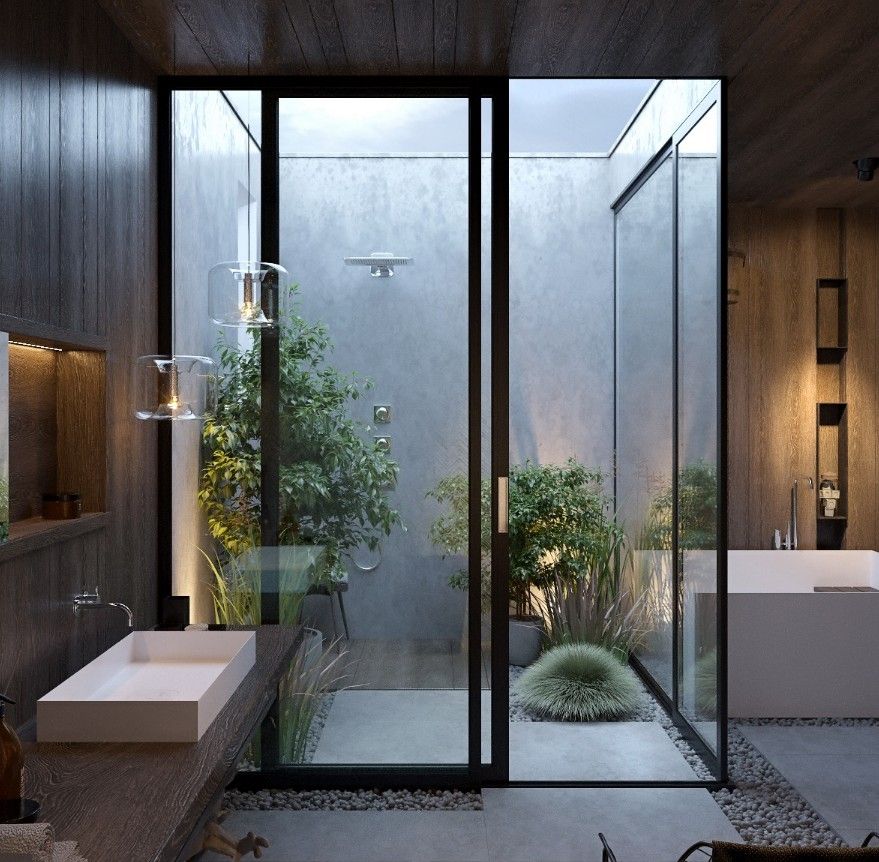 Photo: social networks
Photo: social networks 
 It distinguishes a modern bathroom from an outdated one. Thanks to the large canvases, there are fewer seams on the surface, and it looks solid. The seams are rubbed as much as possible in the color of the tile.
It distinguishes a modern bathroom from an outdated one. Thanks to the large canvases, there are fewer seams on the surface, and it looks solid. The seams are rubbed as much as possible in the color of the tile. 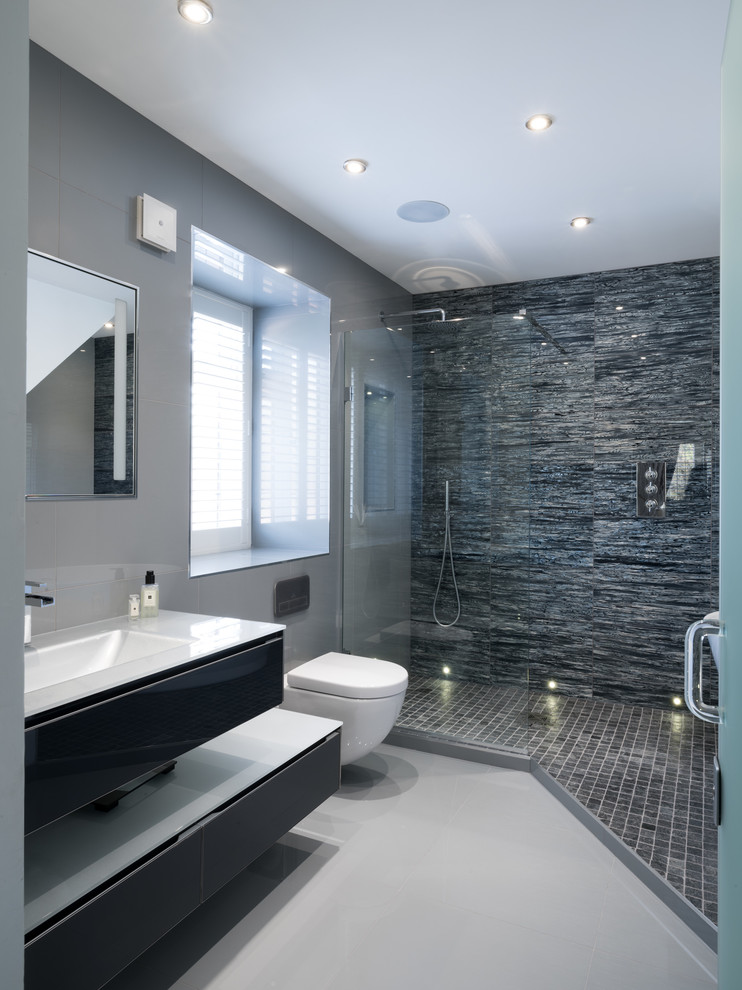
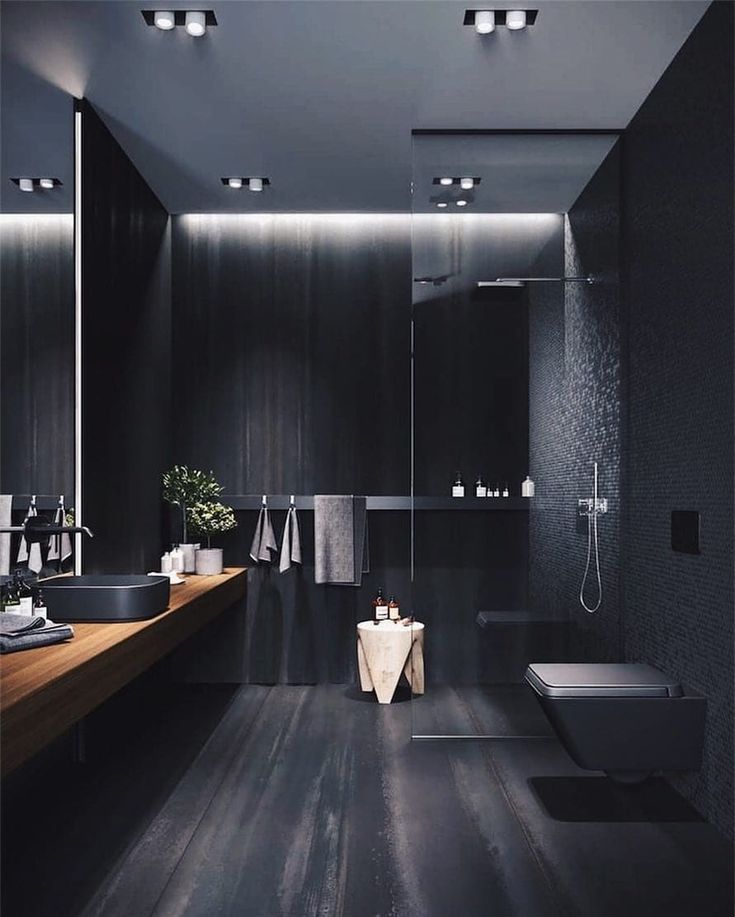

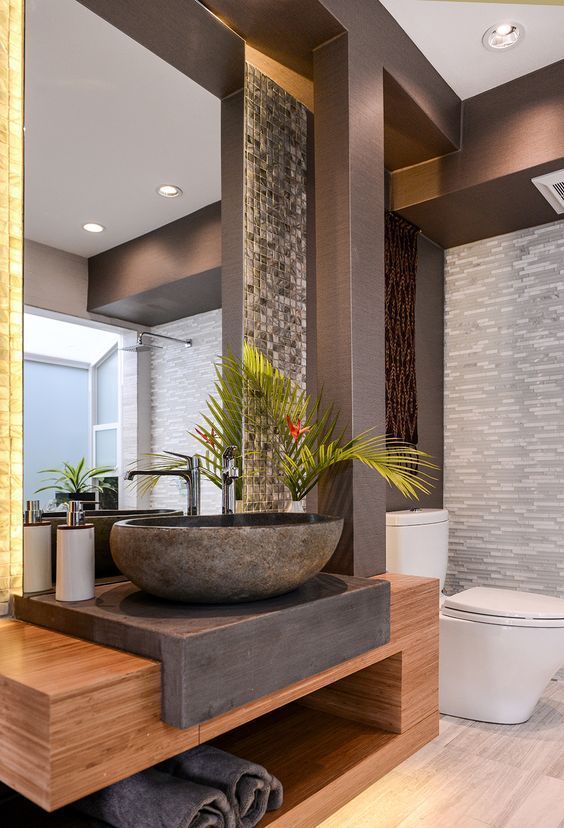
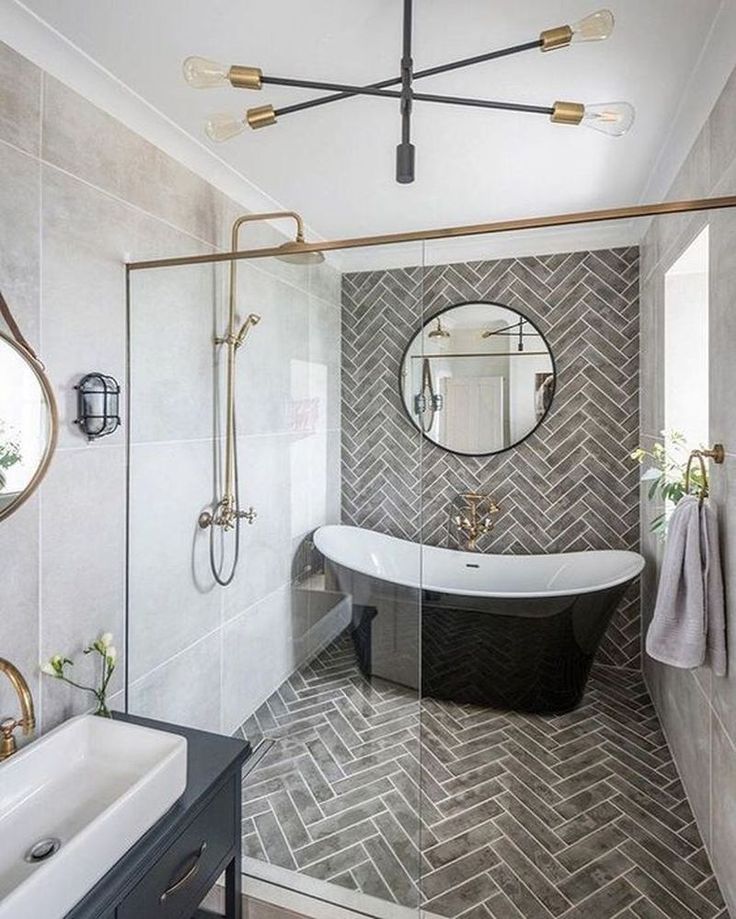 Choose the installation option. This will create the illusion of air, free space. Lockers are also better to hang.
Choose the installation option. This will create the illusion of air, free space. Lockers are also better to hang. 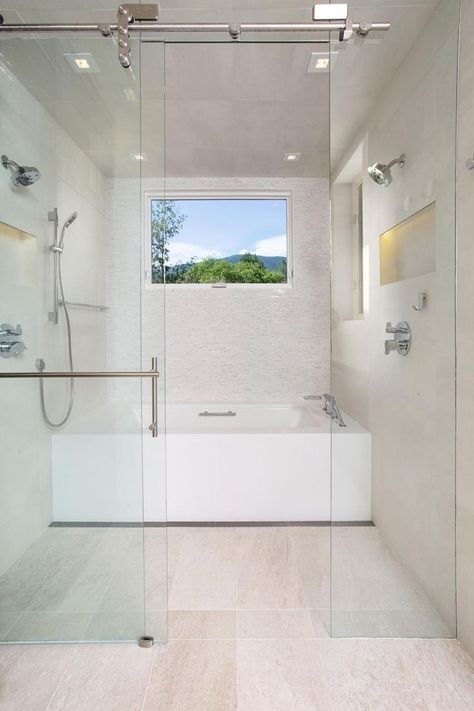
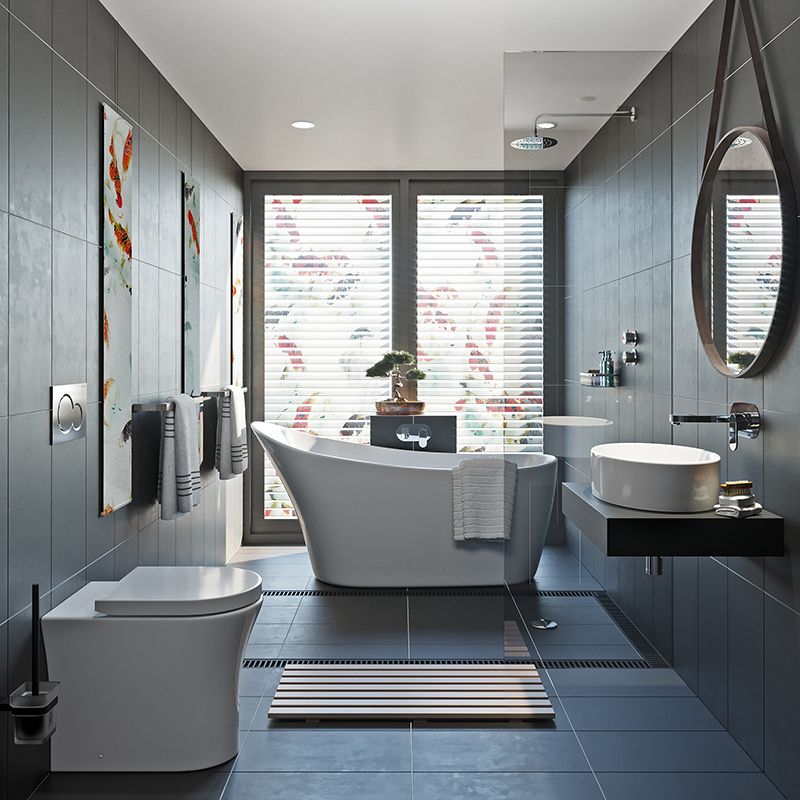 Every centimeter is worth its weight in gold, if there is not much space. Before repair, it is imperative to make a competent plan for arranging plumbing fixtures as close as possible to general house communications. This will avoid the installation of additional equipment, such as wastewater pumps, blockages in pipes, poor heating of the heated towel rail, etc.
Every centimeter is worth its weight in gold, if there is not much space. Before repair, it is imperative to make a competent plan for arranging plumbing fixtures as close as possible to general house communications. This will avoid the installation of additional equipment, such as wastewater pumps, blockages in pipes, poor heating of the heated towel rail, etc. 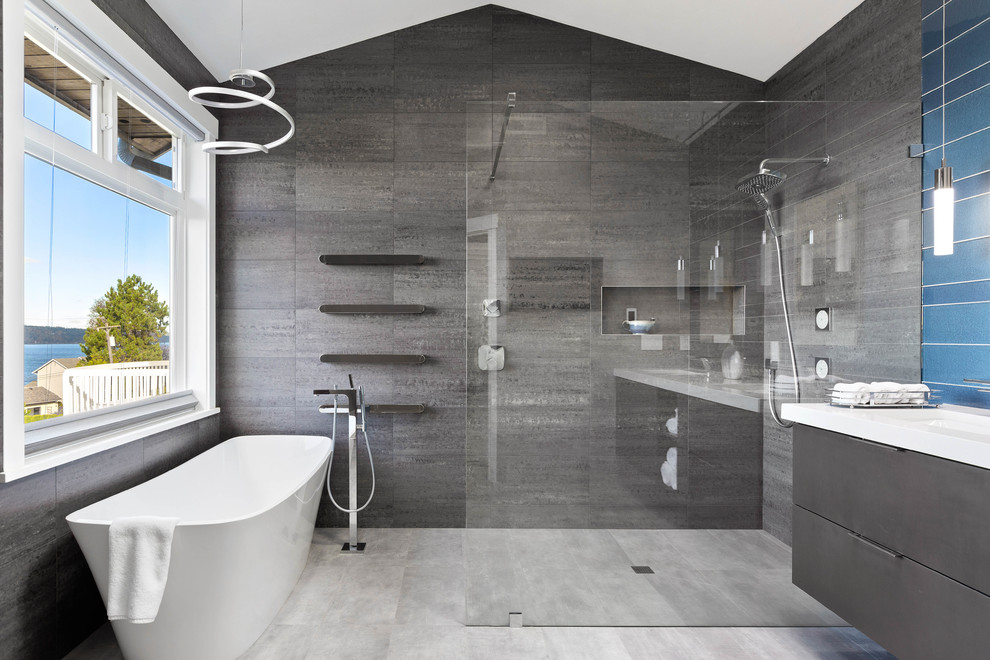 These are, for example, slabs (wide slabs) of onyx, marble, agate, amethyst, quartz. A more affordable option is large formats of tiles and porcelain stoneware with imitation of natural textures. Warmly loved by customers are large-format thin-sawn porcelain tiles. The choice is huge.
These are, for example, slabs (wide slabs) of onyx, marble, agate, amethyst, quartz. A more affordable option is large formats of tiles and porcelain stoneware with imitation of natural textures. Warmly loved by customers are large-format thin-sawn porcelain tiles. The choice is huge. 
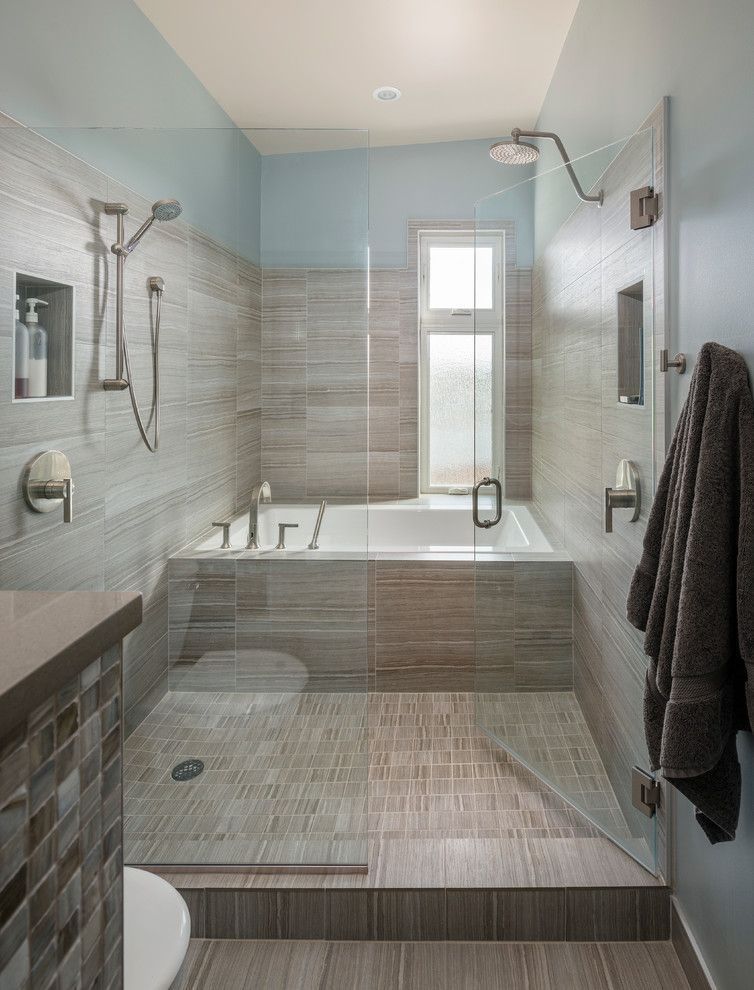
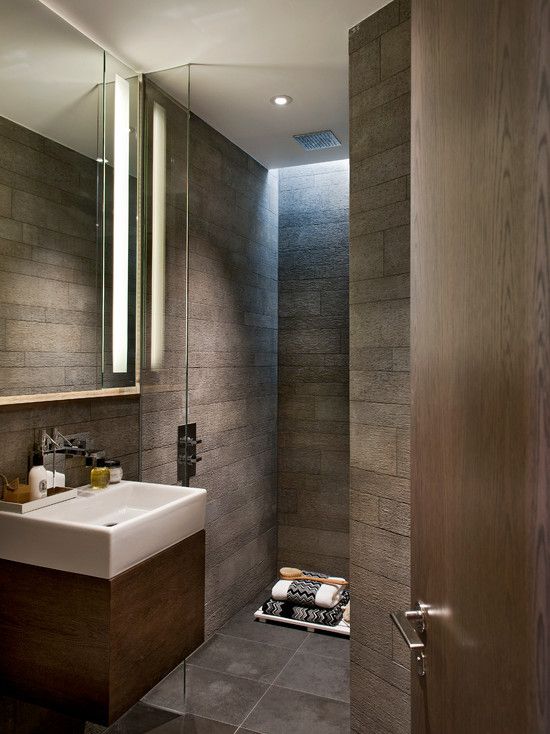 We've rounded up 15 amazing bathroom ideas you can borrow, and most importantly, we've broken down which layouts they're best suited for.
We've rounded up 15 amazing bathroom ideas you can borrow, and most importantly, we've broken down which layouts they're best suited for. 
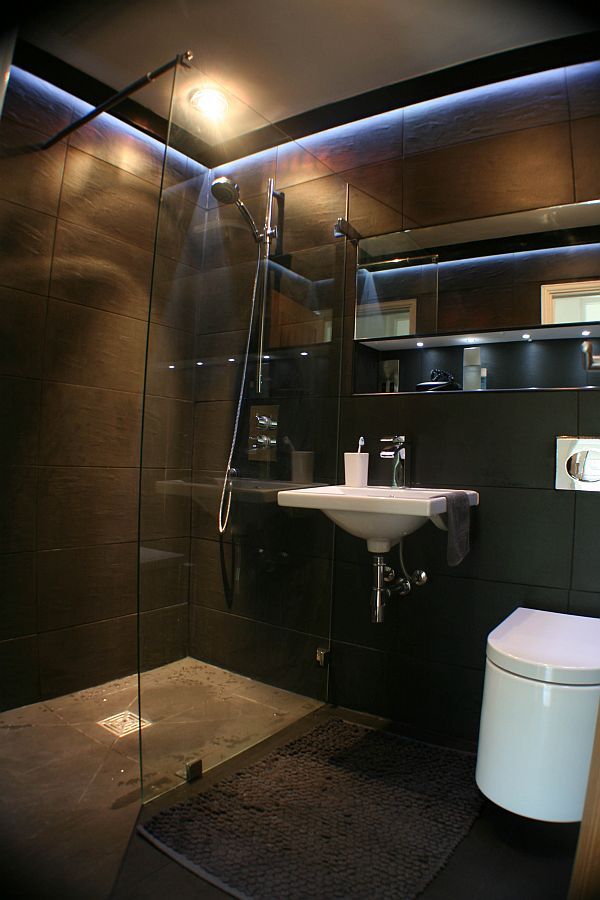 When guests arrive, they can choose from two options. Economical: prefabricated bath and shower combinations are very economical and easy to install. Even if you choose a better tiled design for your bath-shower combo, the materials and labor required to create a separate shower and bath will cost less.
When guests arrive, they can choose from two options. Economical: prefabricated bath and shower combinations are very economical and easy to install. Even if you choose a better tiled design for your bath-shower combo, the materials and labor required to create a separate shower and bath will cost less. 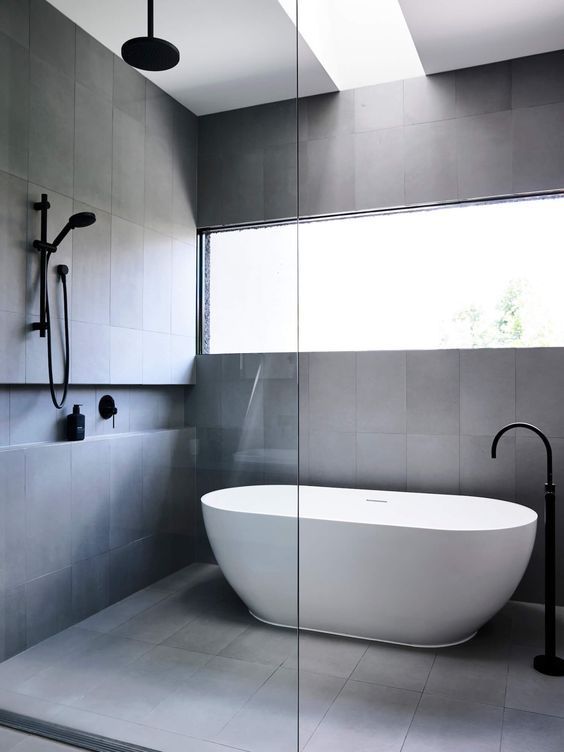 They are in all modern institutions, allowing you to make the process of taking a bath more fun.
They are in all modern institutions, allowing you to make the process of taking a bath more fun. 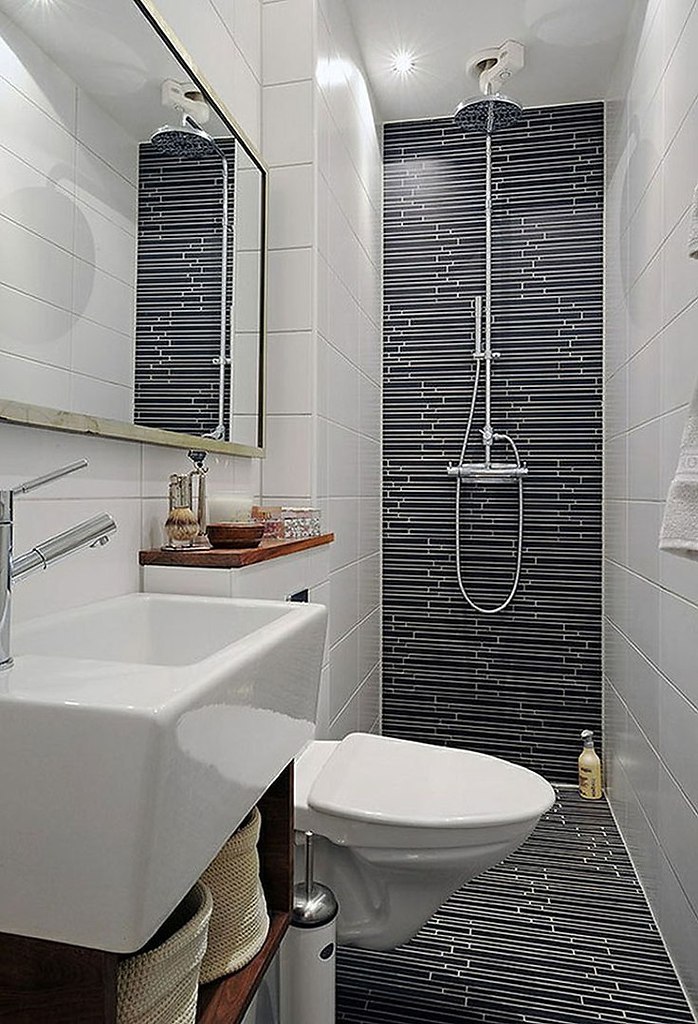 For starters, there is no need for a split shower stall as the tub, sink and shower can all be in the same section. In addition, such rooms are easy to clean and are great for optimizing space. Showers are still a good idea for tiny spaces, but they are now showing up in high-end bathrooms. This is a natural continuation of the free-standing bathtub fashion popular in recent years. And there are plenty of decorative elements you can add to make it more appealing to your style.
For starters, there is no need for a split shower stall as the tub, sink and shower can all be in the same section. In addition, such rooms are easy to clean and are great for optimizing space. Showers are still a good idea for tiny spaces, but they are now showing up in high-end bathrooms. This is a natural continuation of the free-standing bathtub fashion popular in recent years. And there are plenty of decorative elements you can add to make it more appealing to your style. 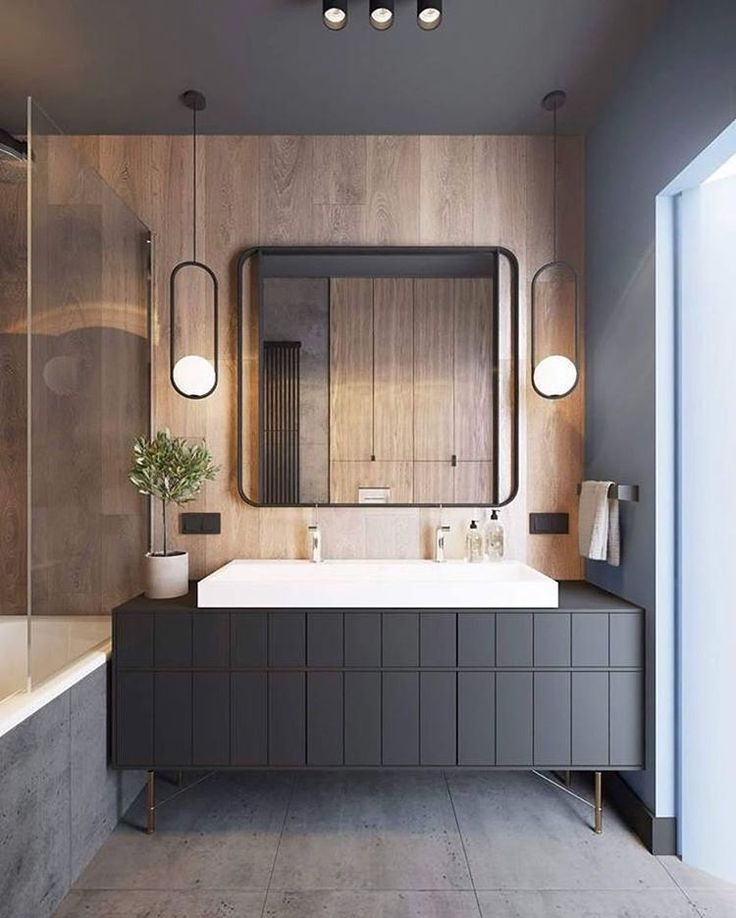
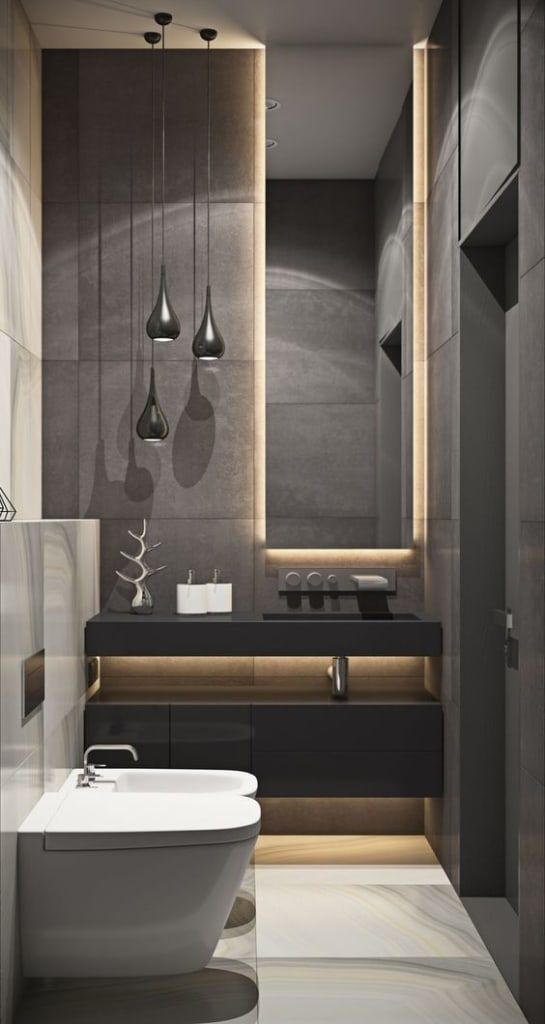 They will also give you the energy boost you need in the morning.
They will also give you the energy boost you need in the morning. 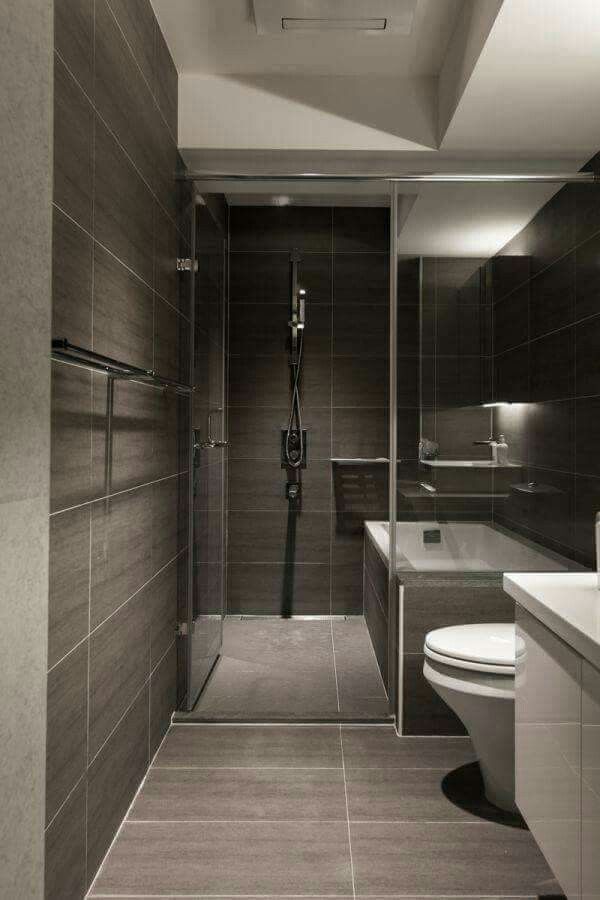 The great thing about this design is that it is perfect for bathrooms of any size and easily adapts to the décor.
The great thing about this design is that it is perfect for bathrooms of any size and easily adapts to the décor. 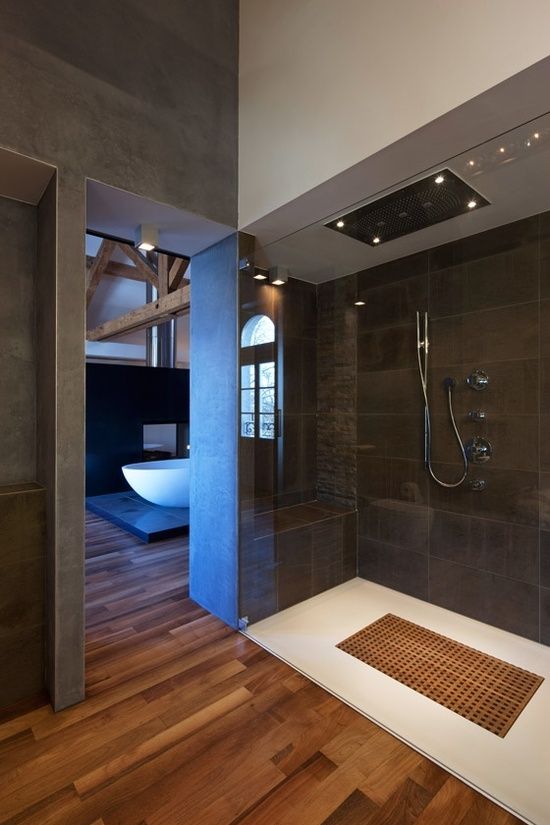 With the use of ceramics of different colors, marble or glass, the meandering or v-shaped design expands the scope. This year, this Art Deco accent will take center stage in bathroom décor.
With the use of ceramics of different colors, marble or glass, the meandering or v-shaped design expands the scope. This year, this Art Deco accent will take center stage in bathroom décor. 